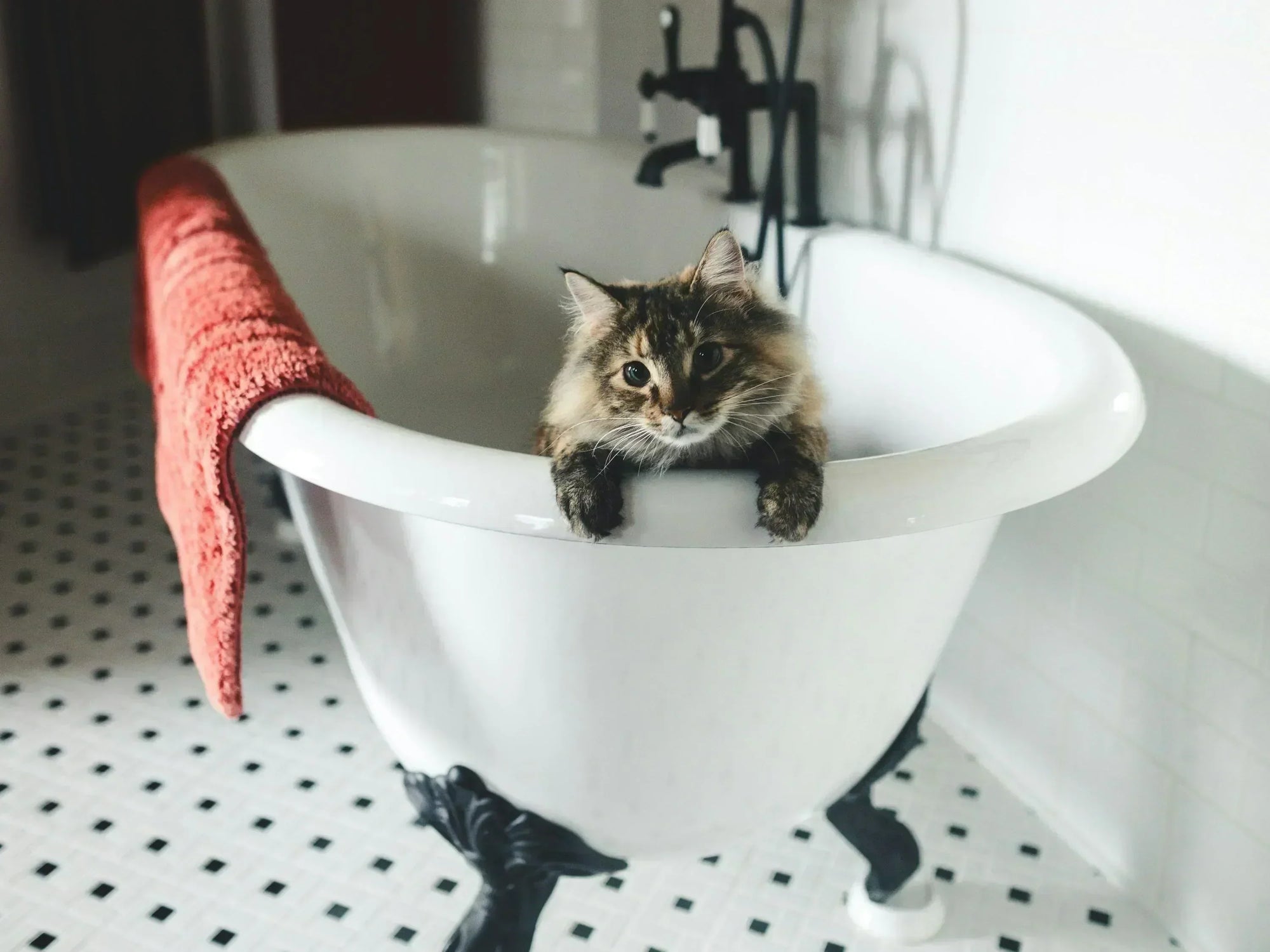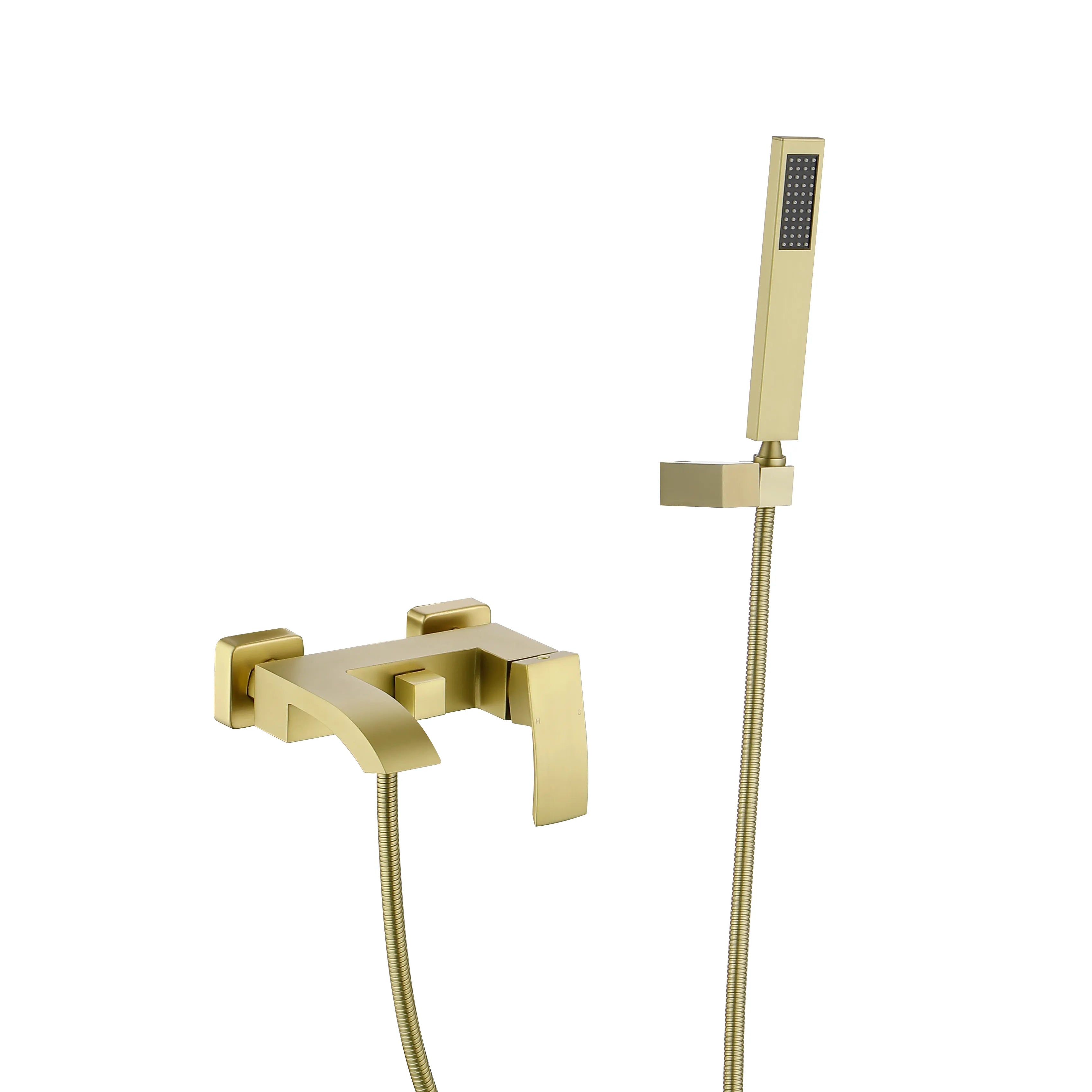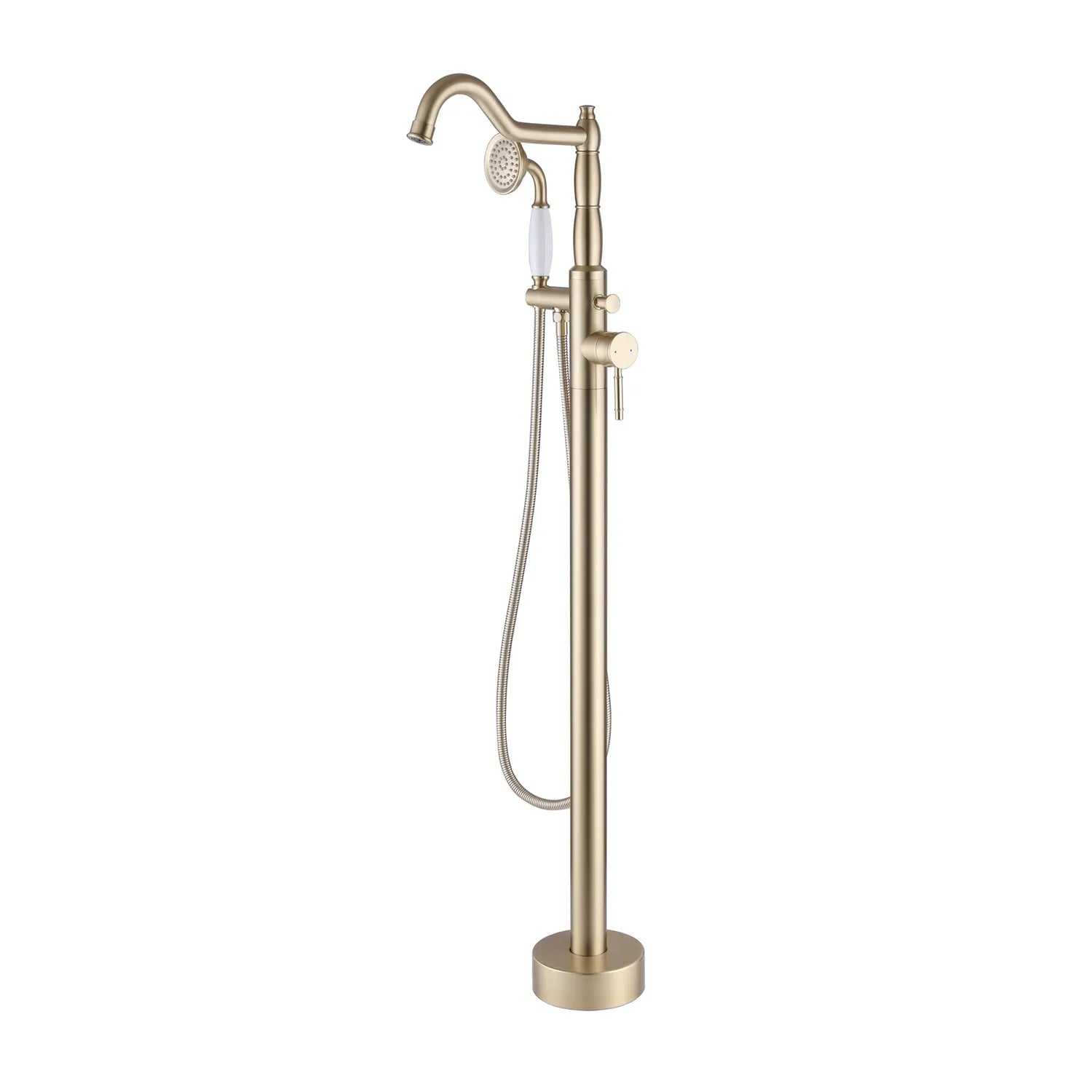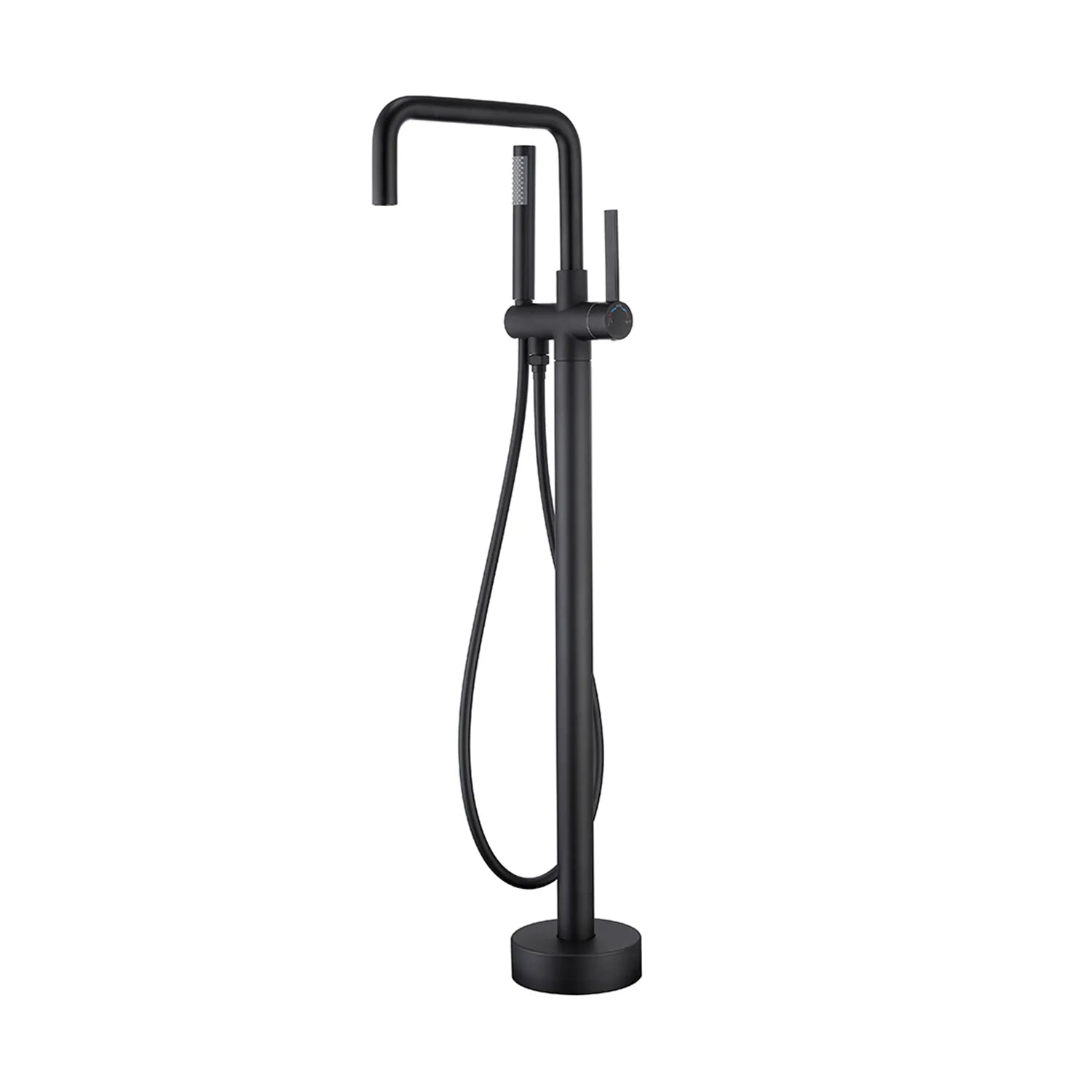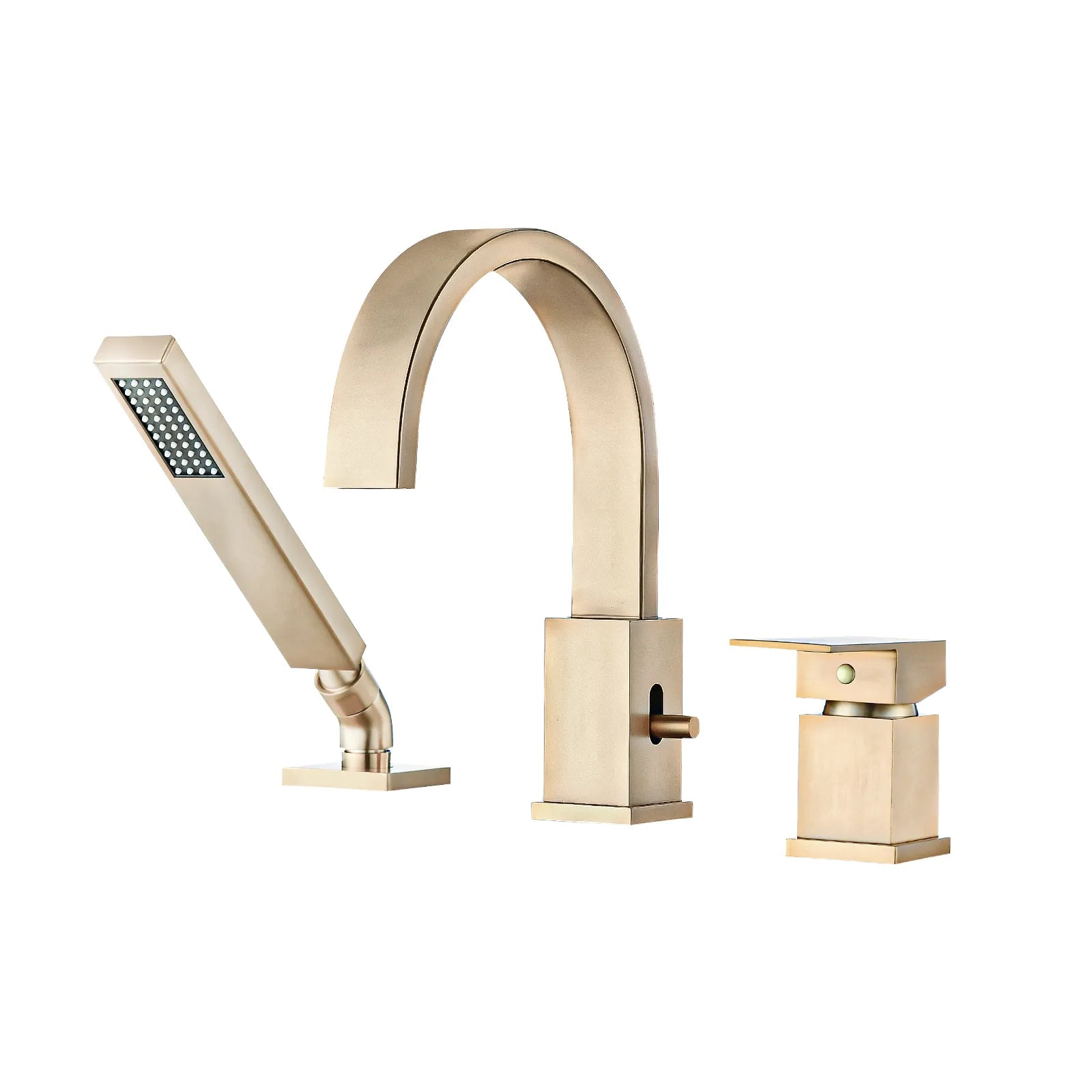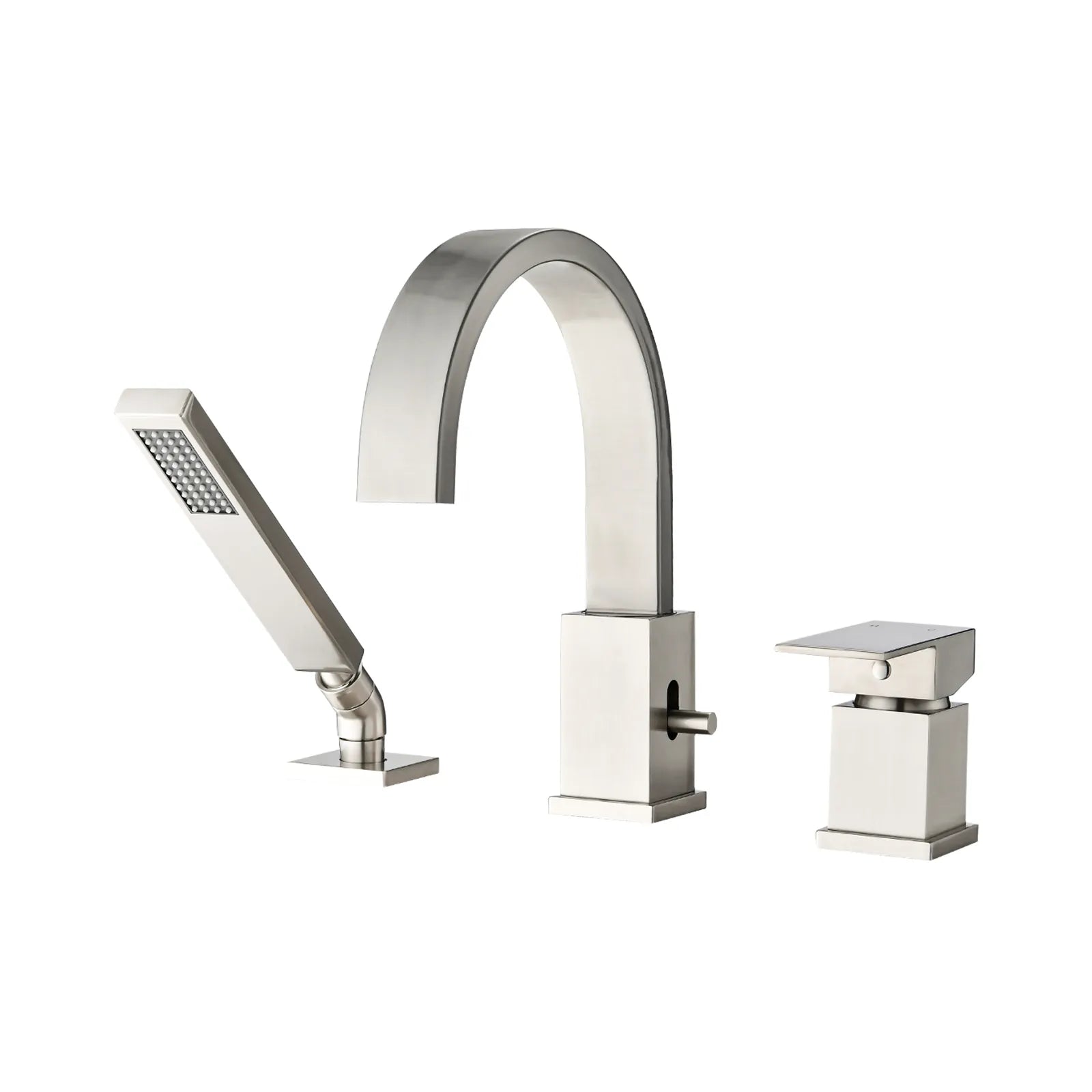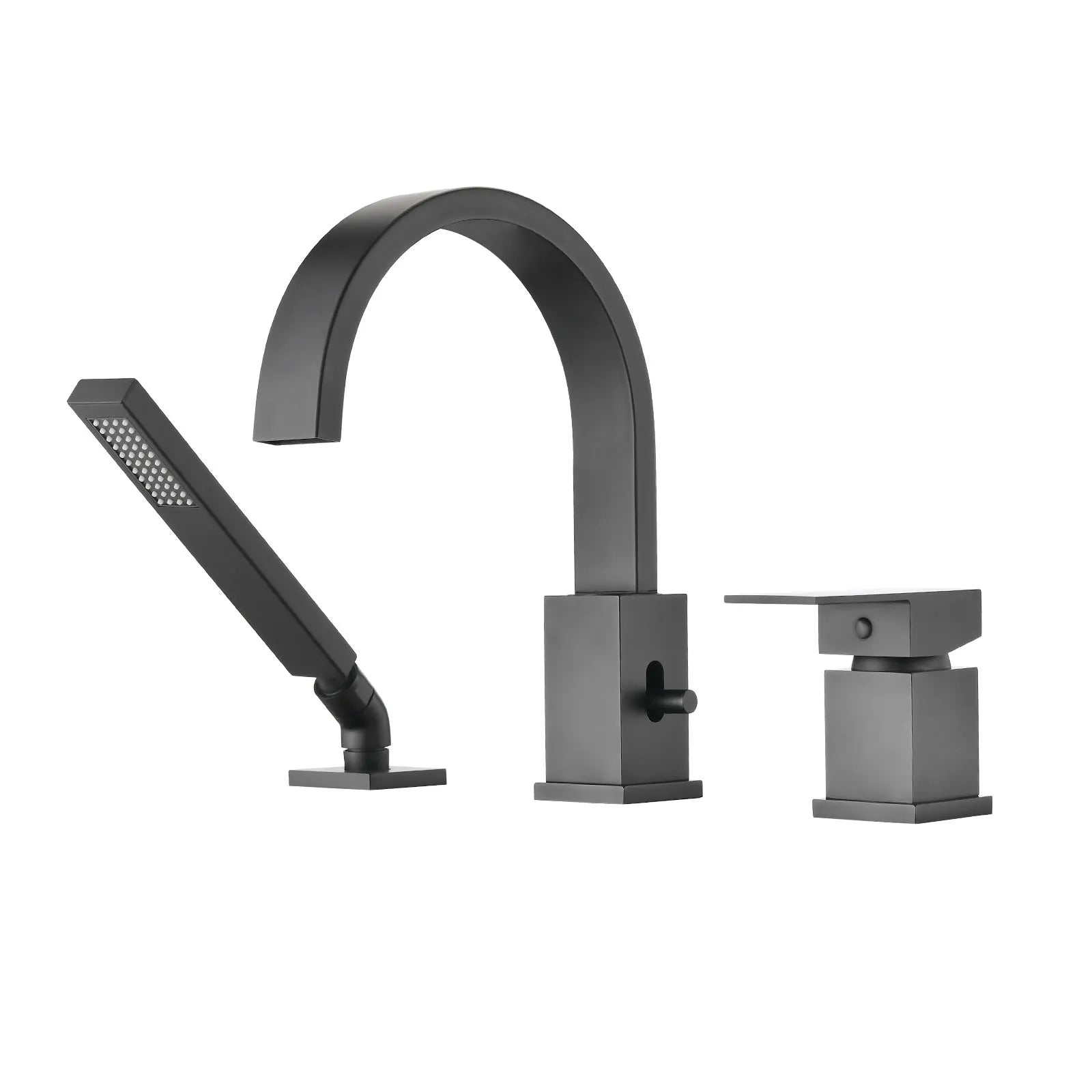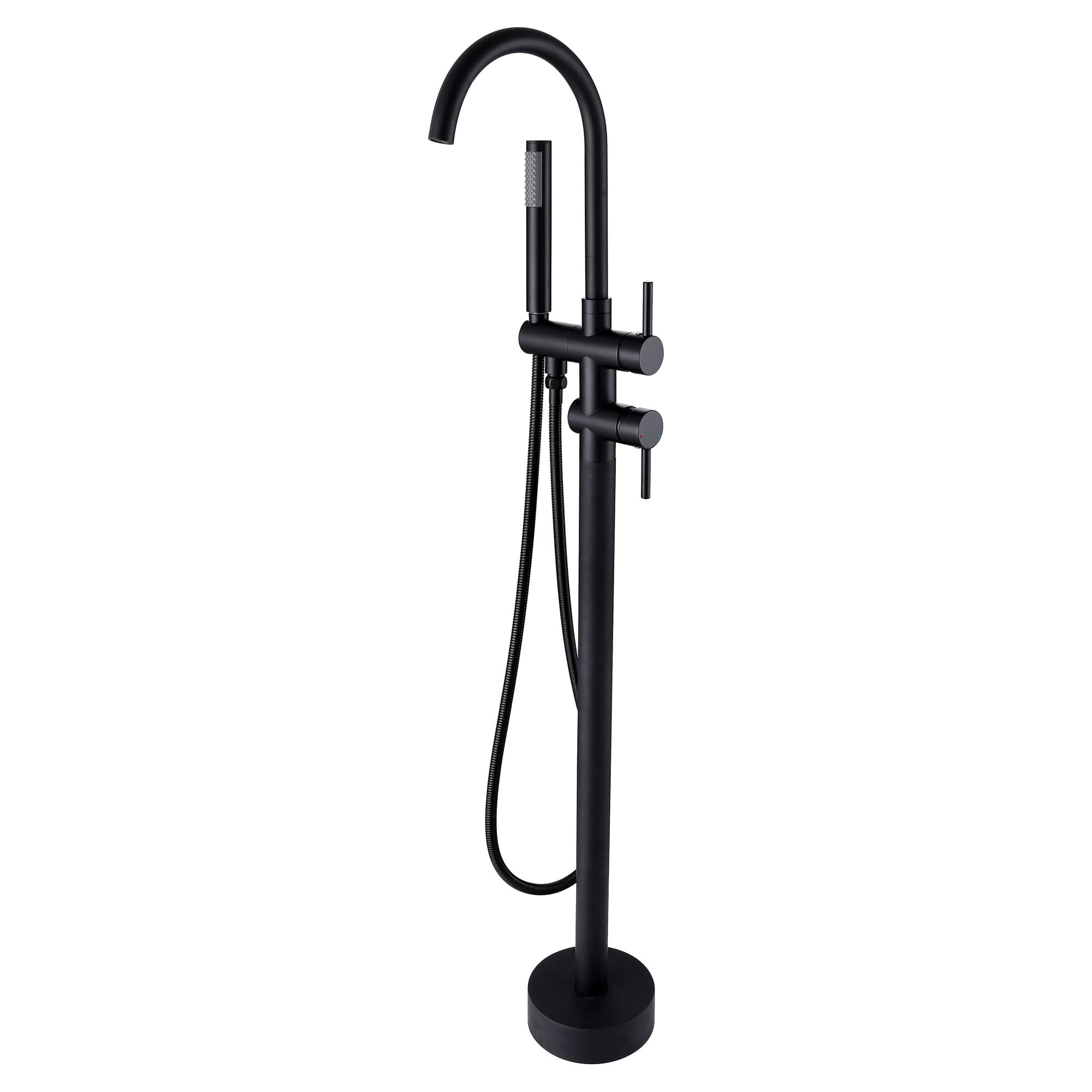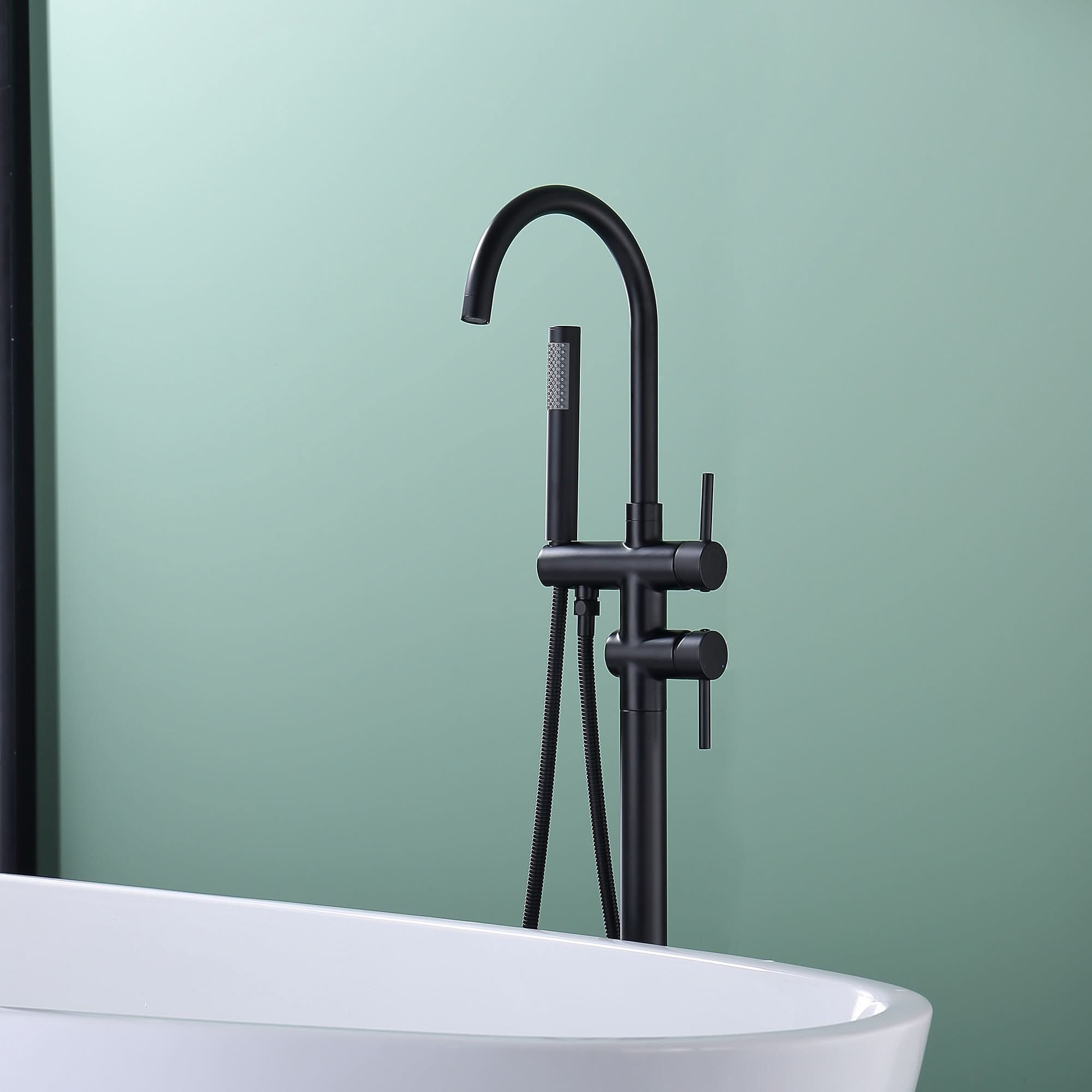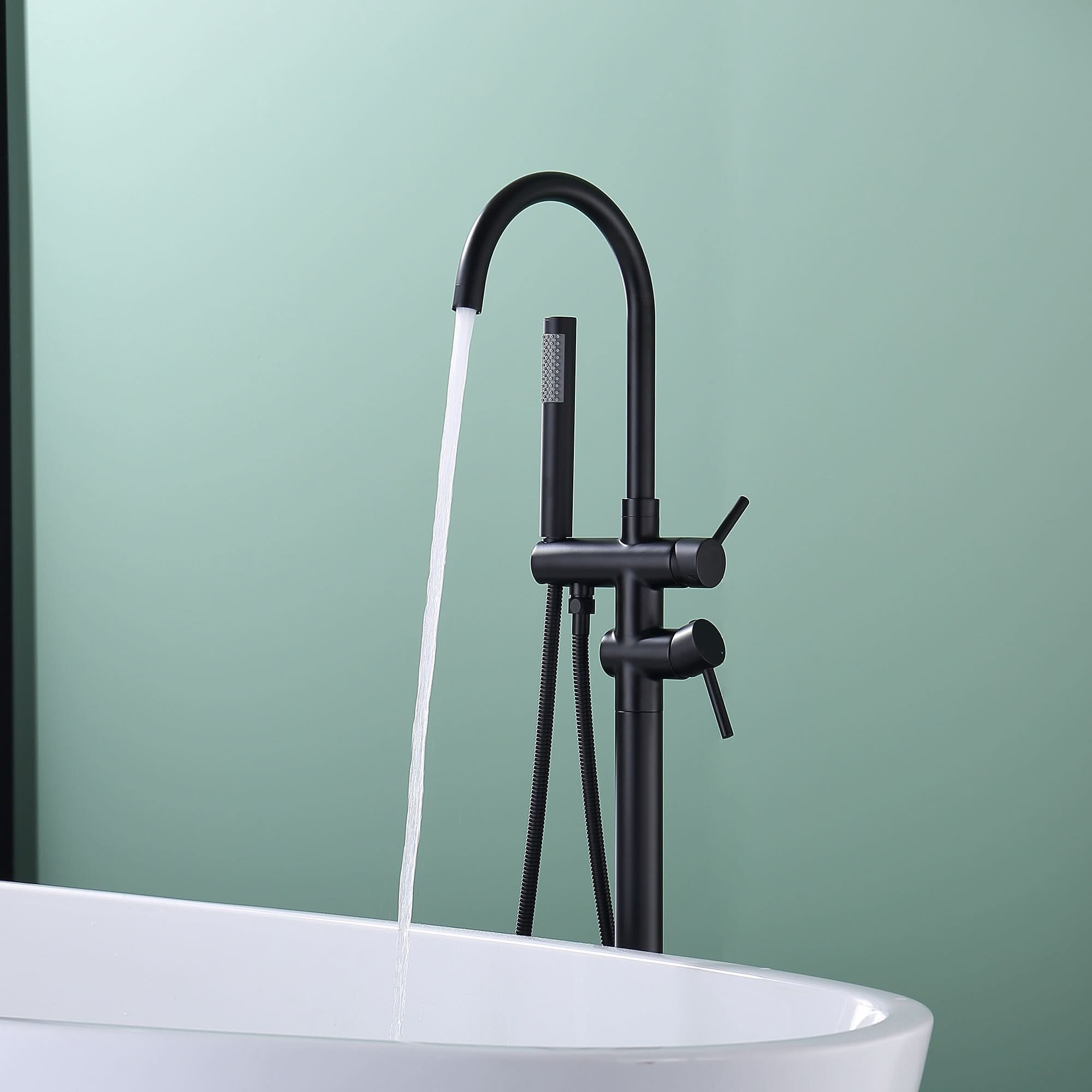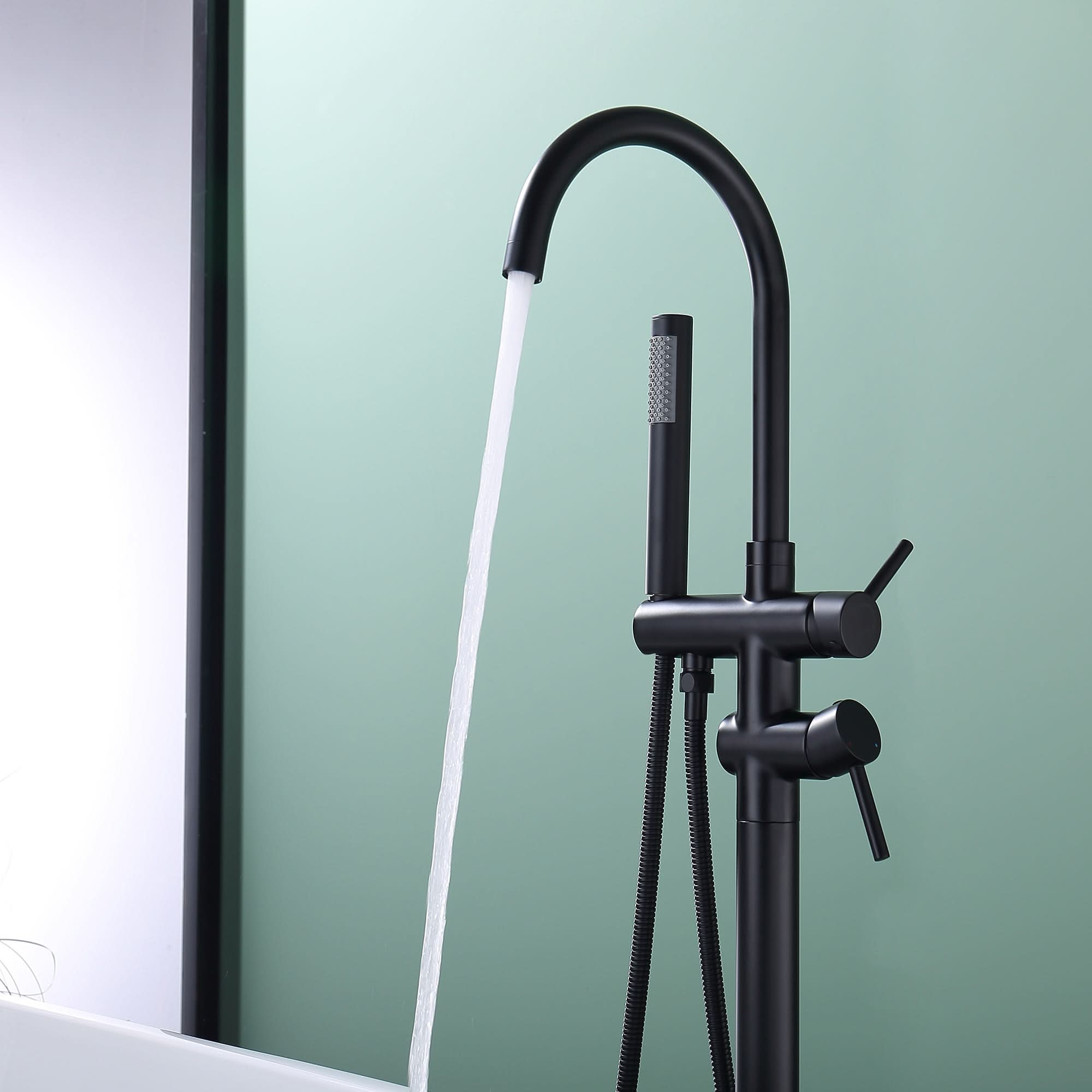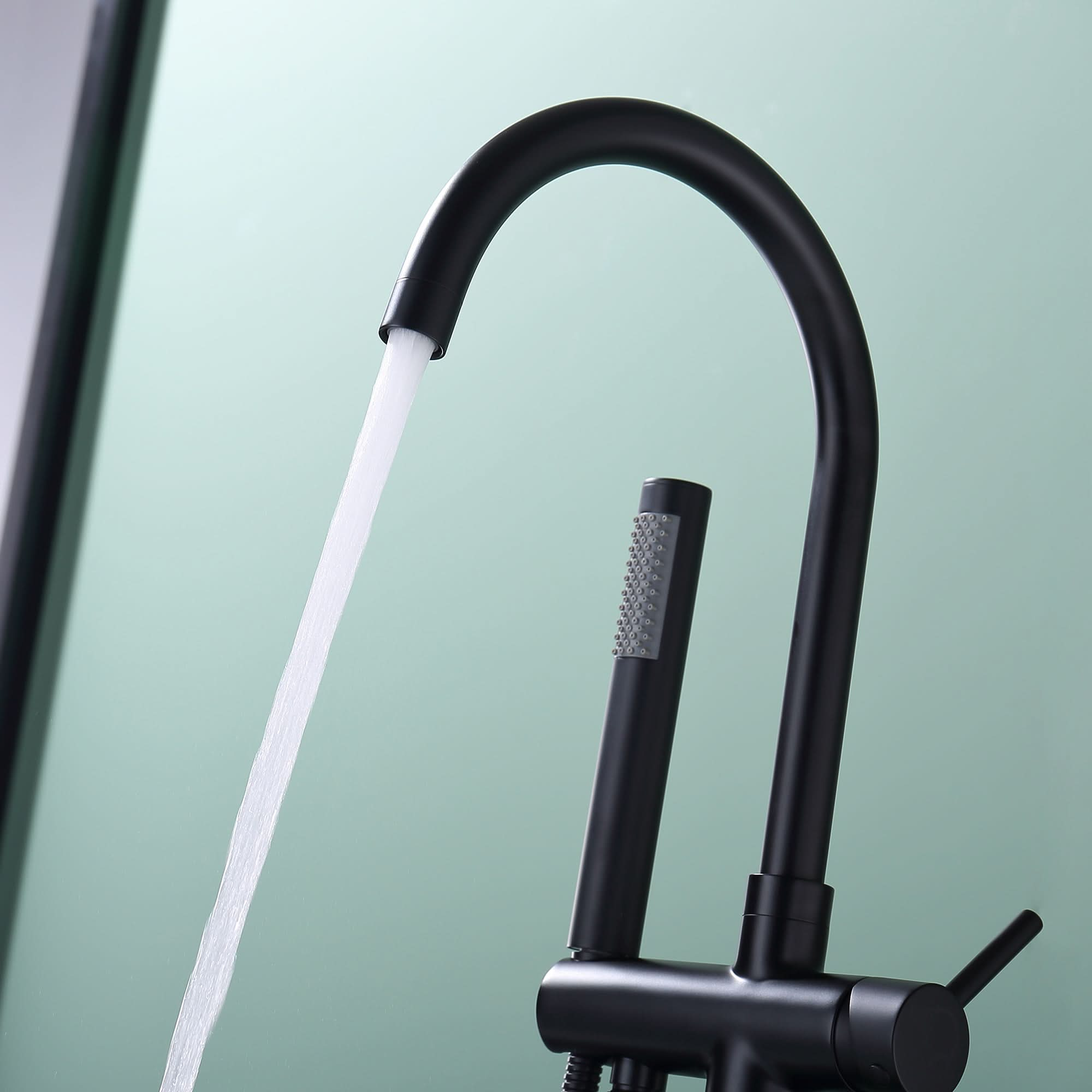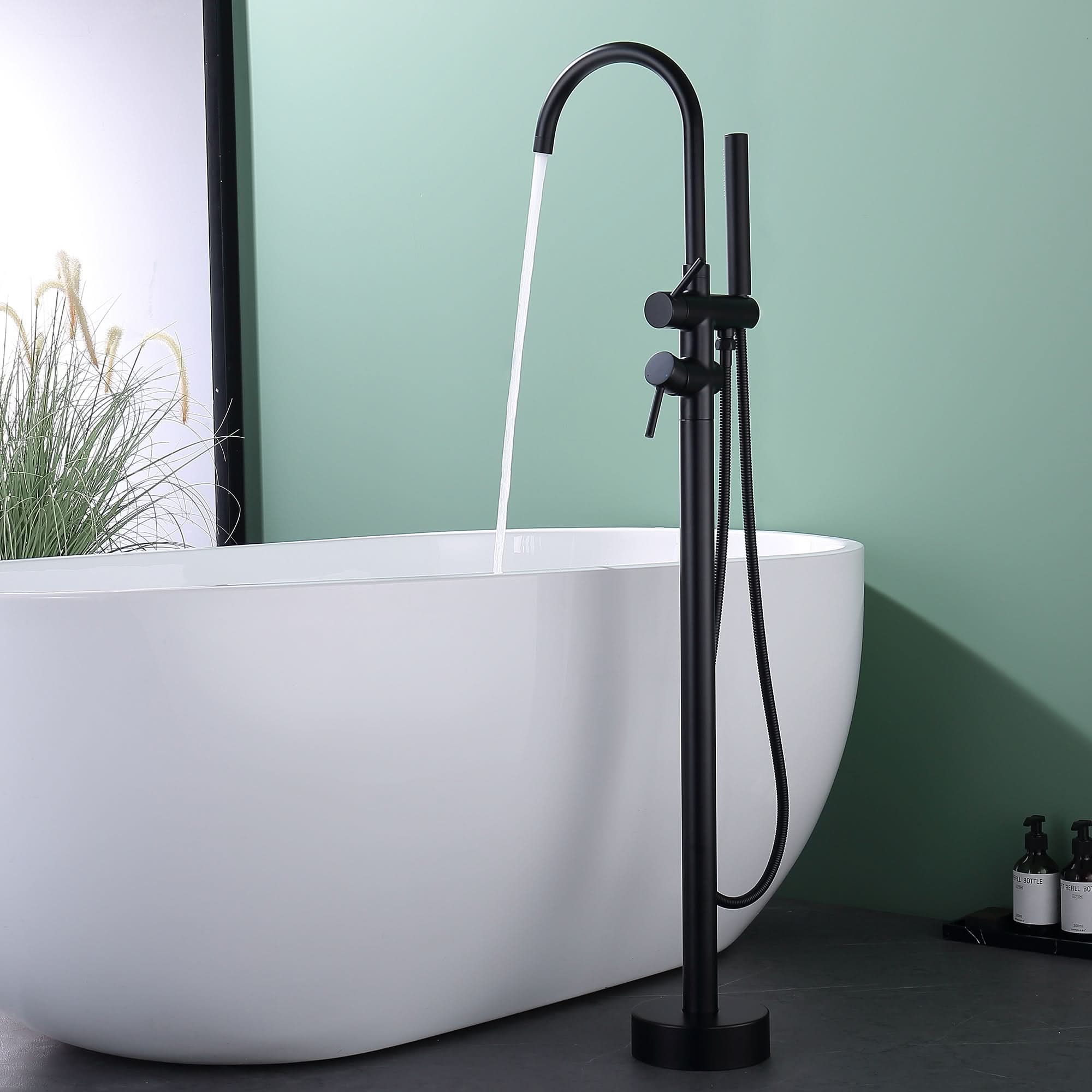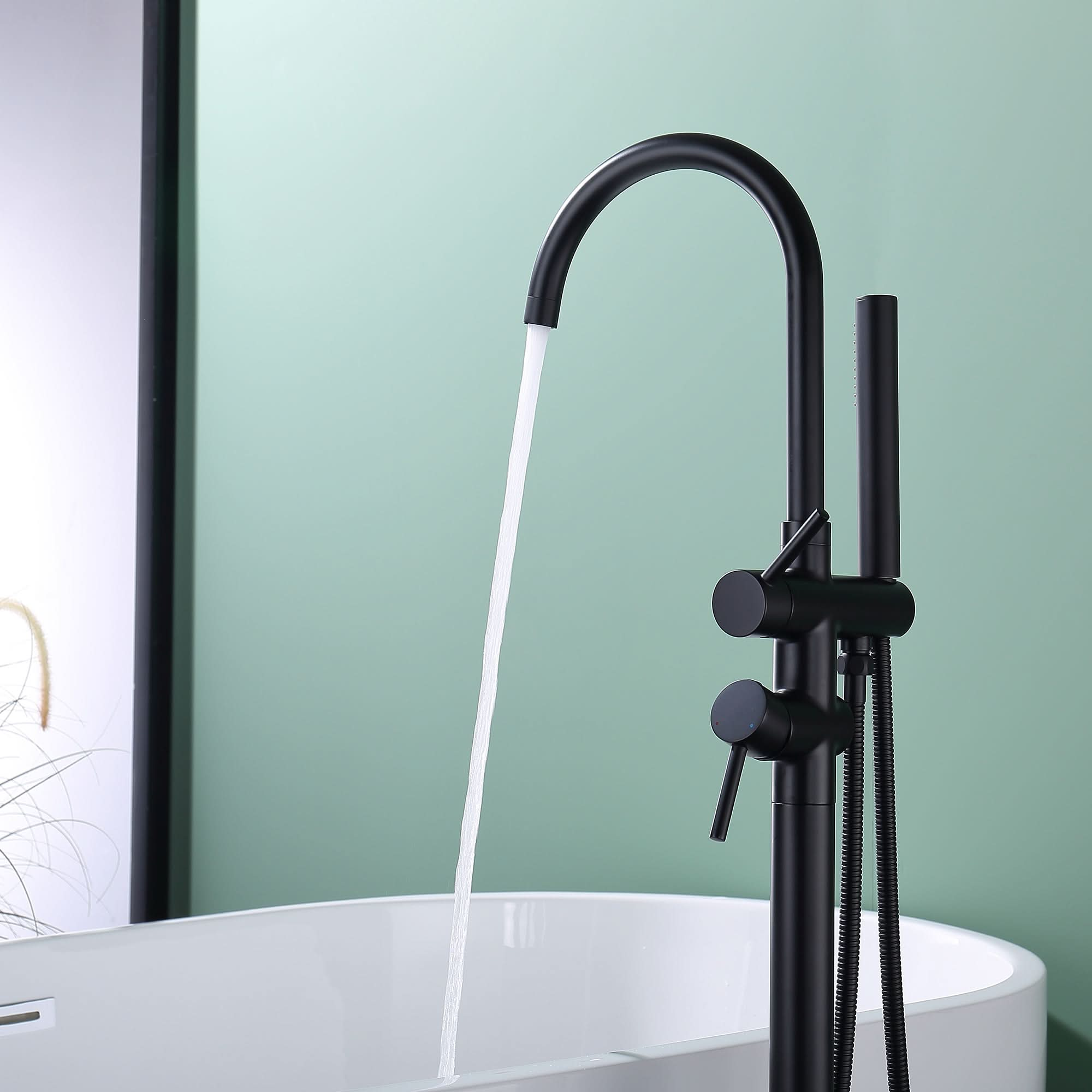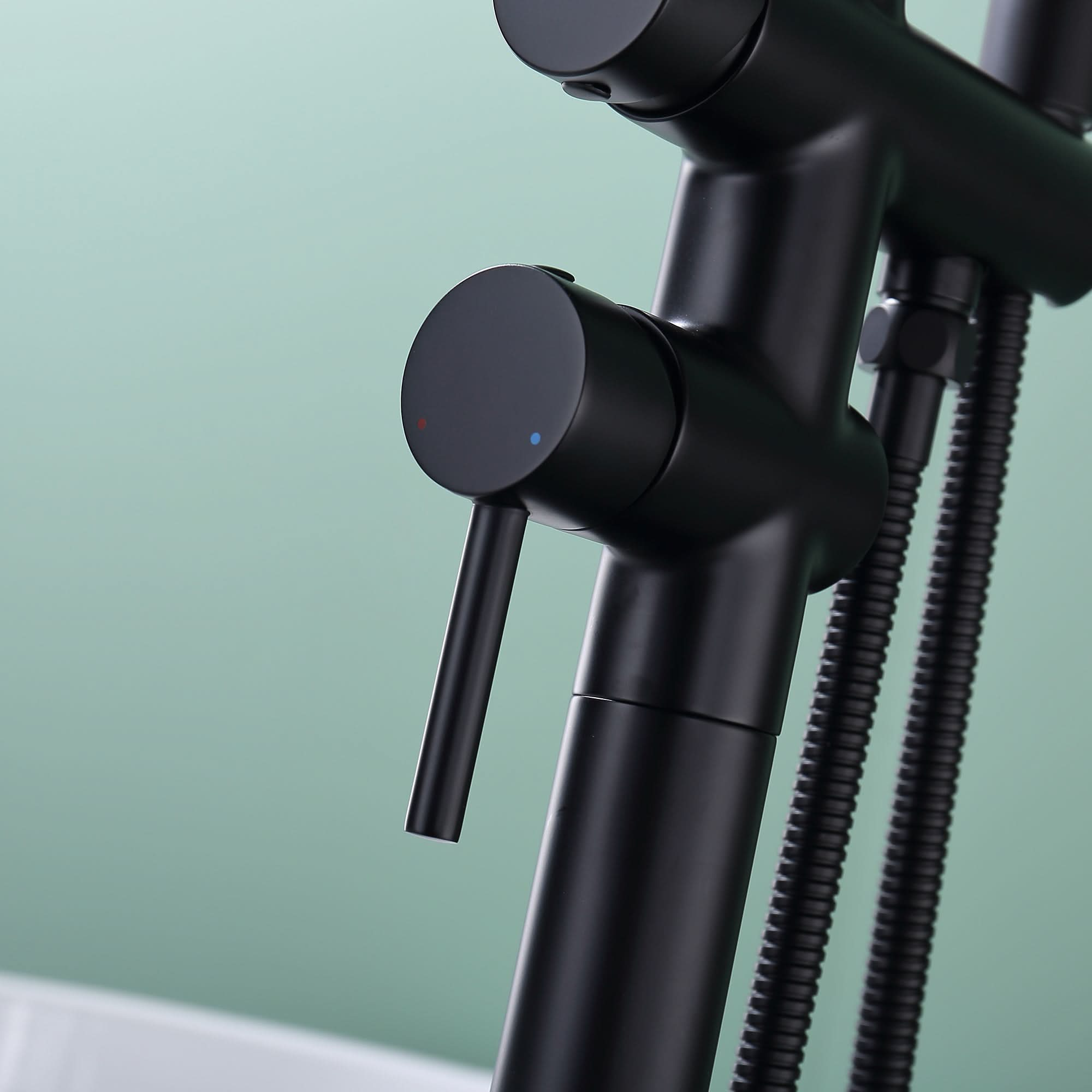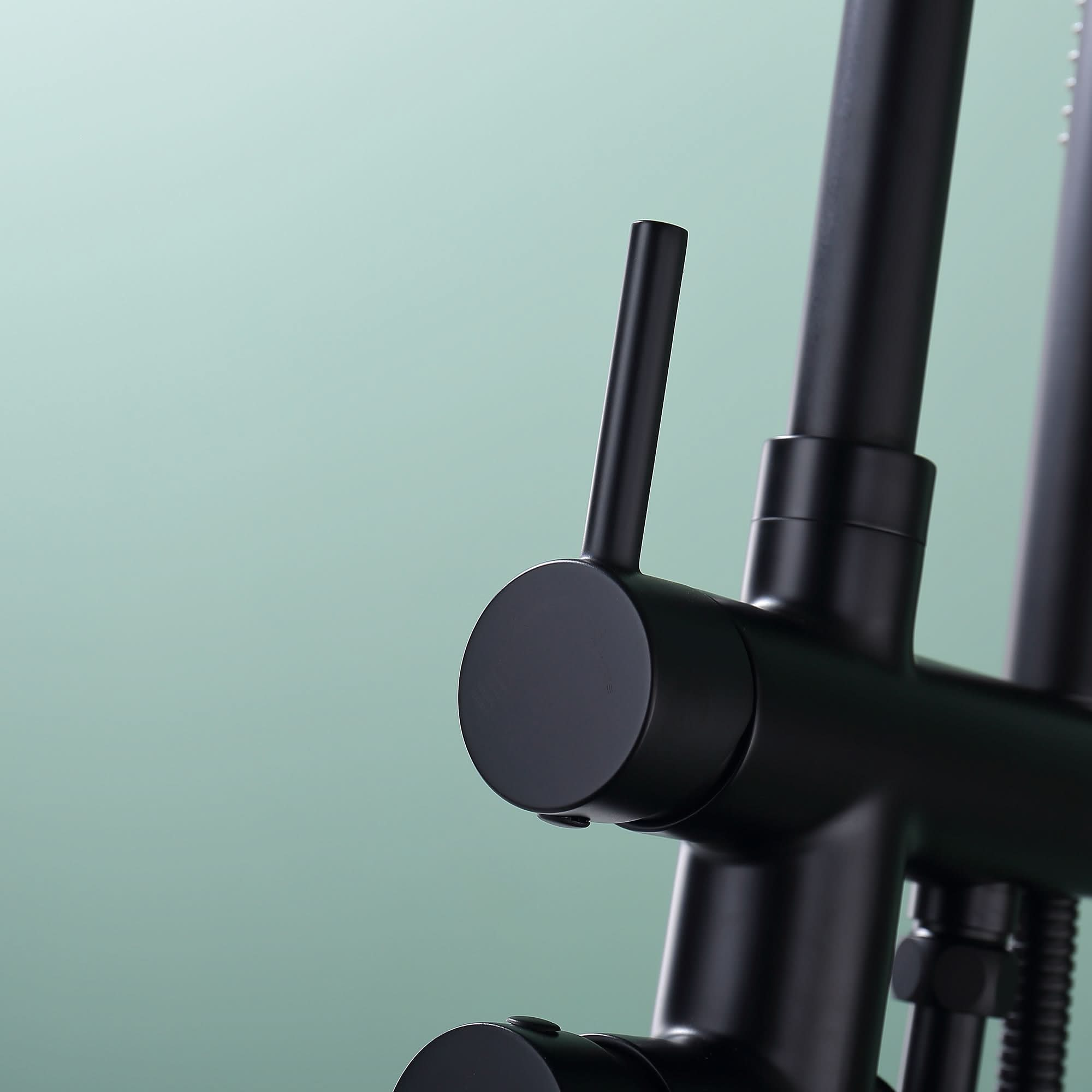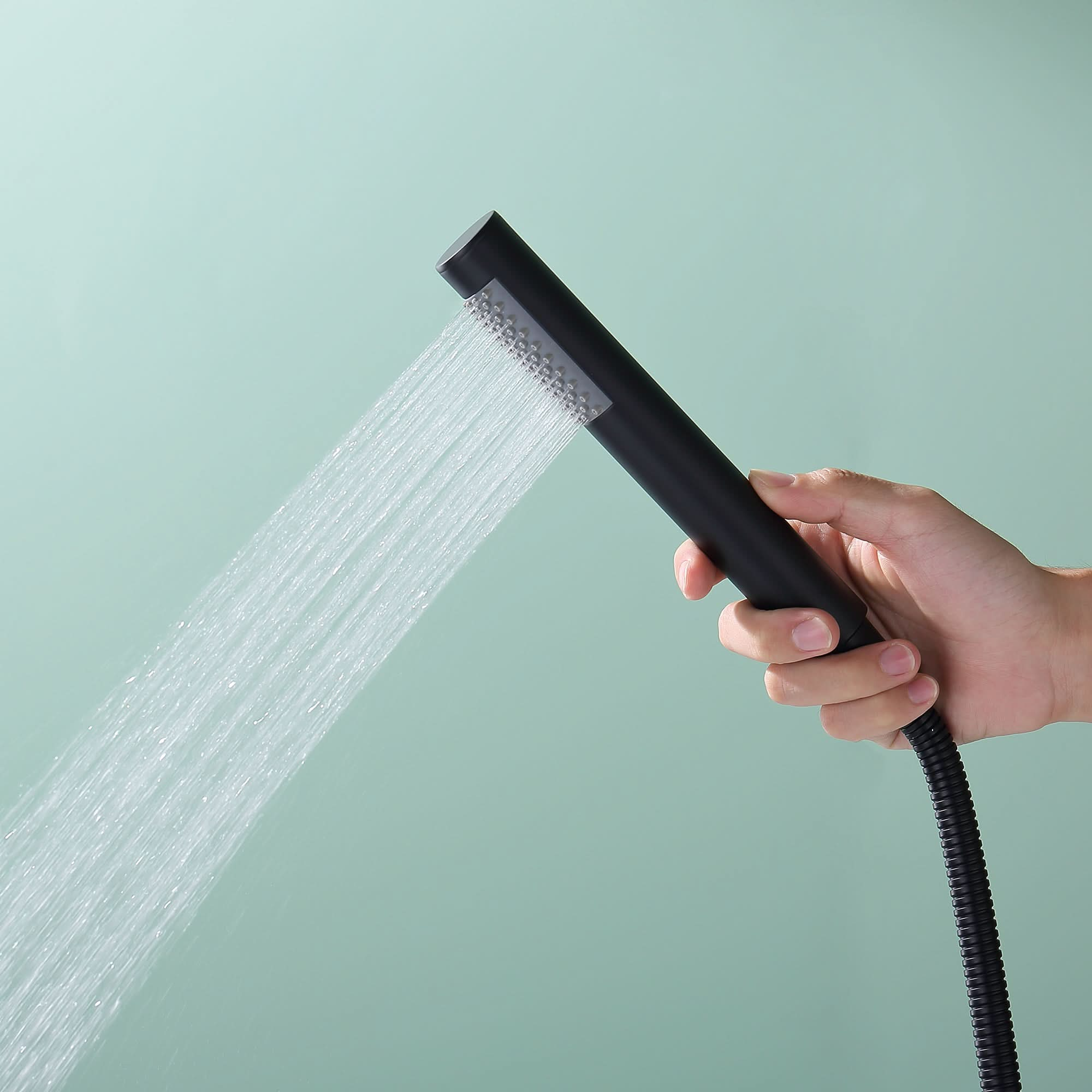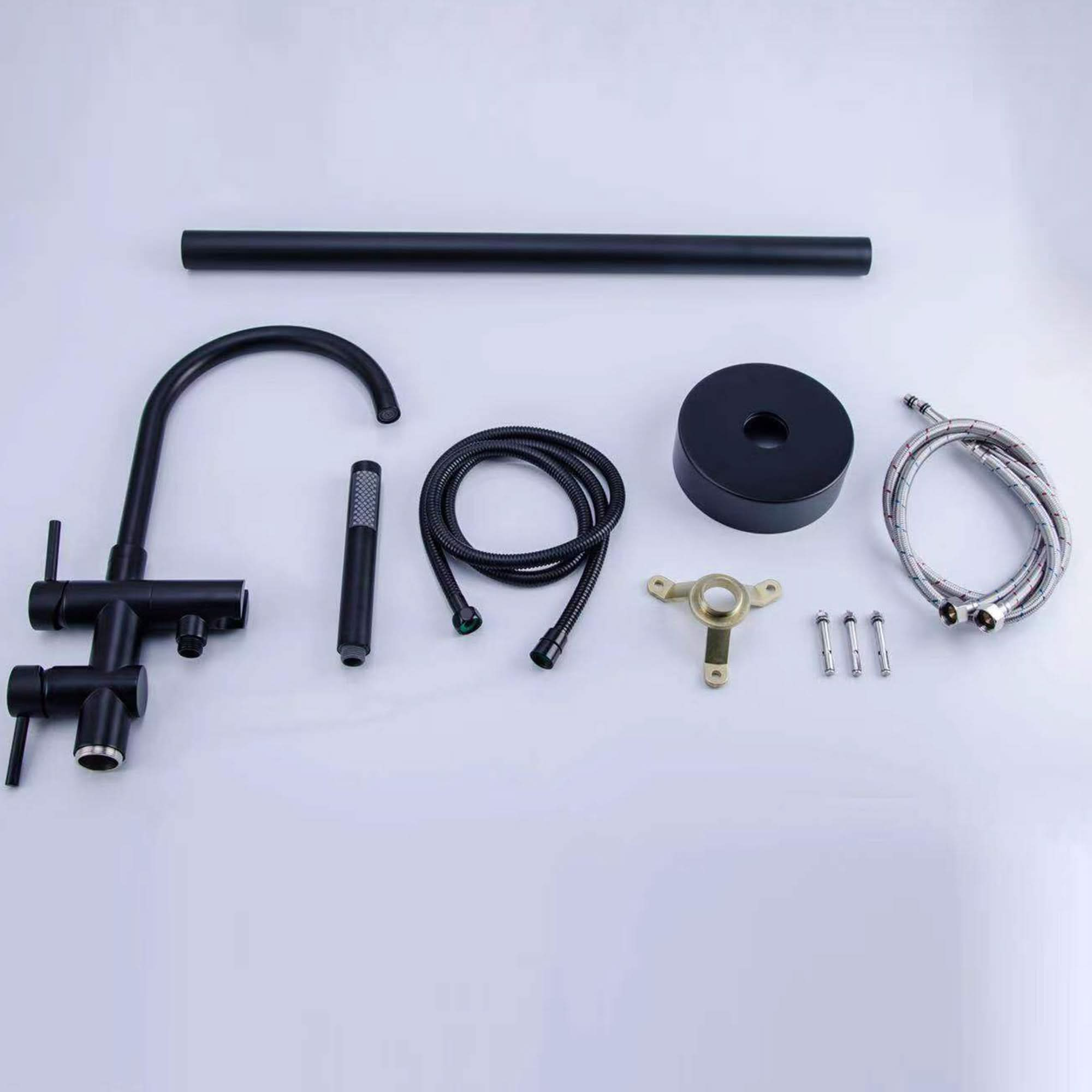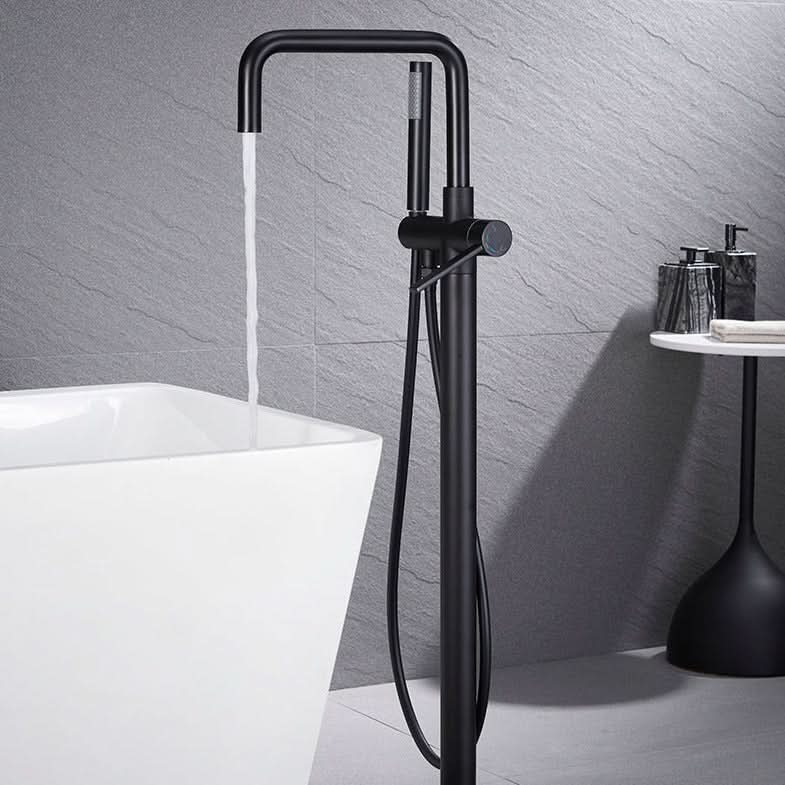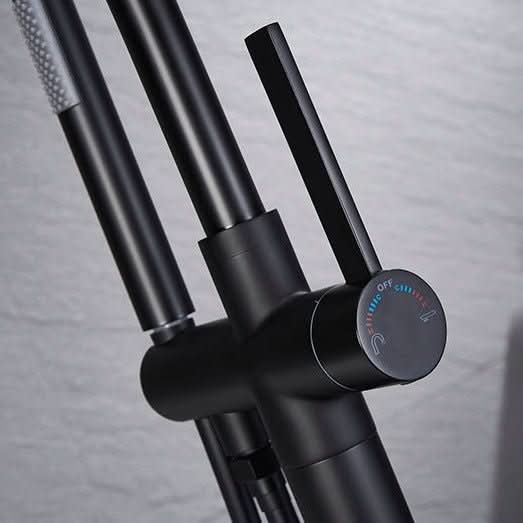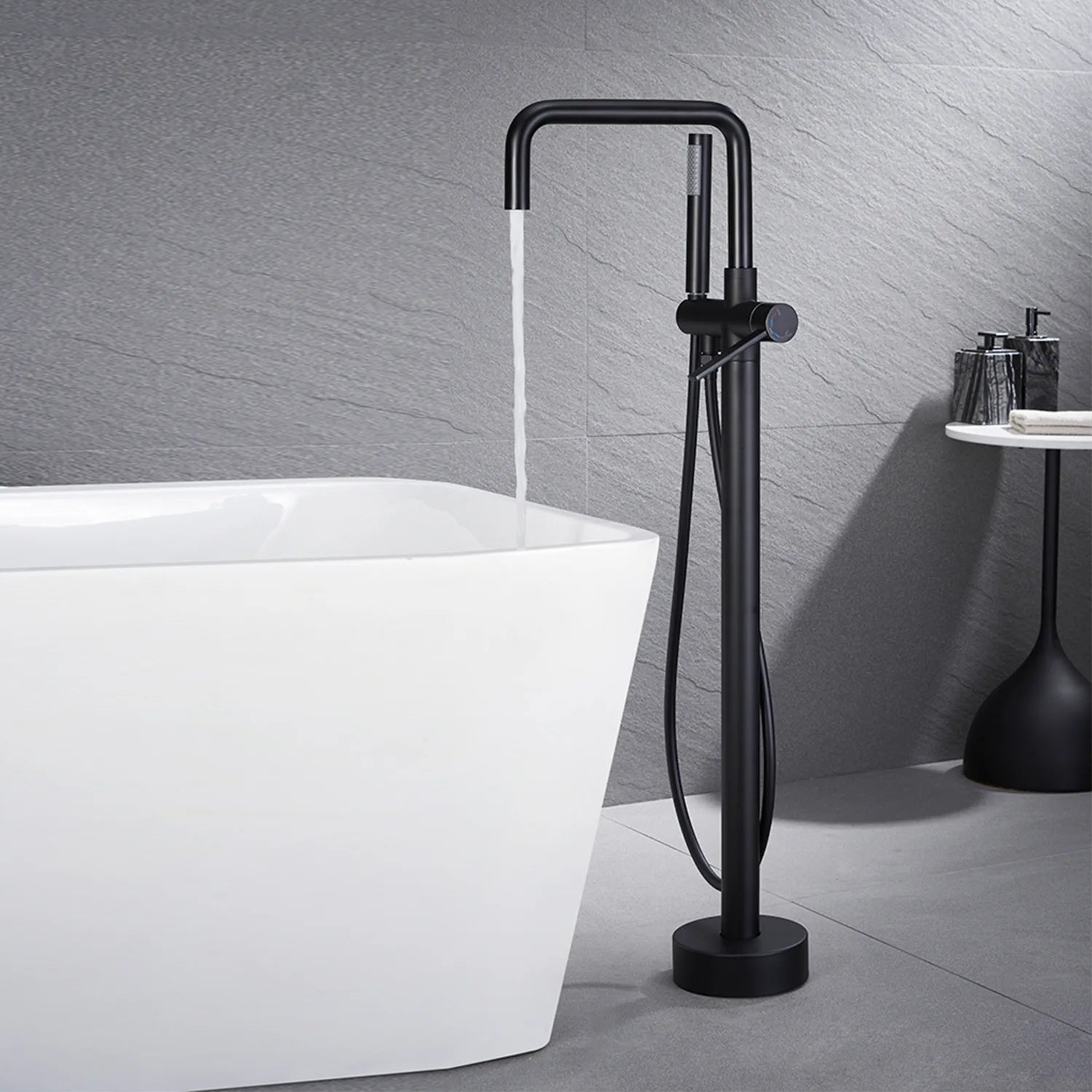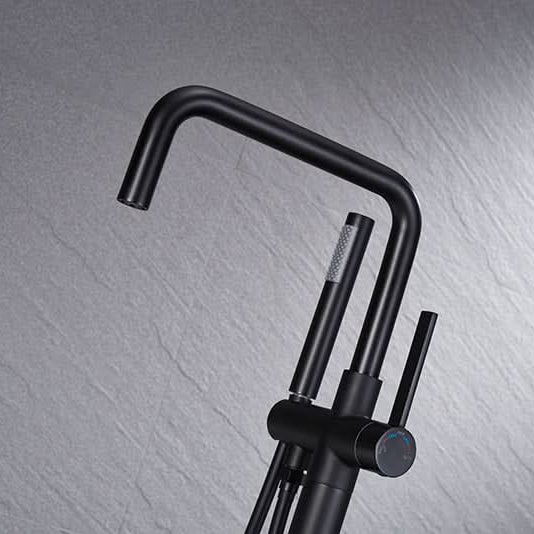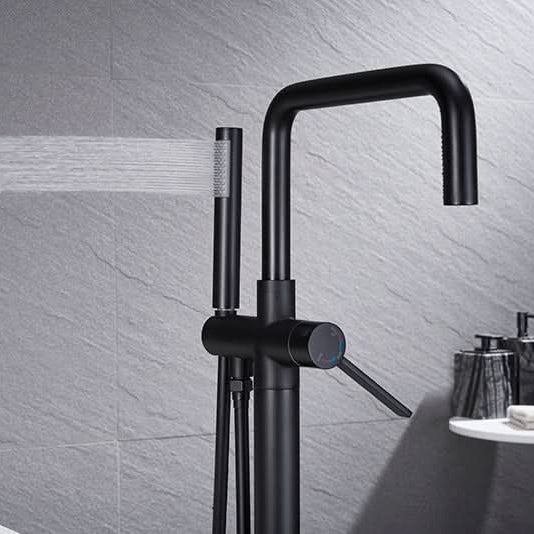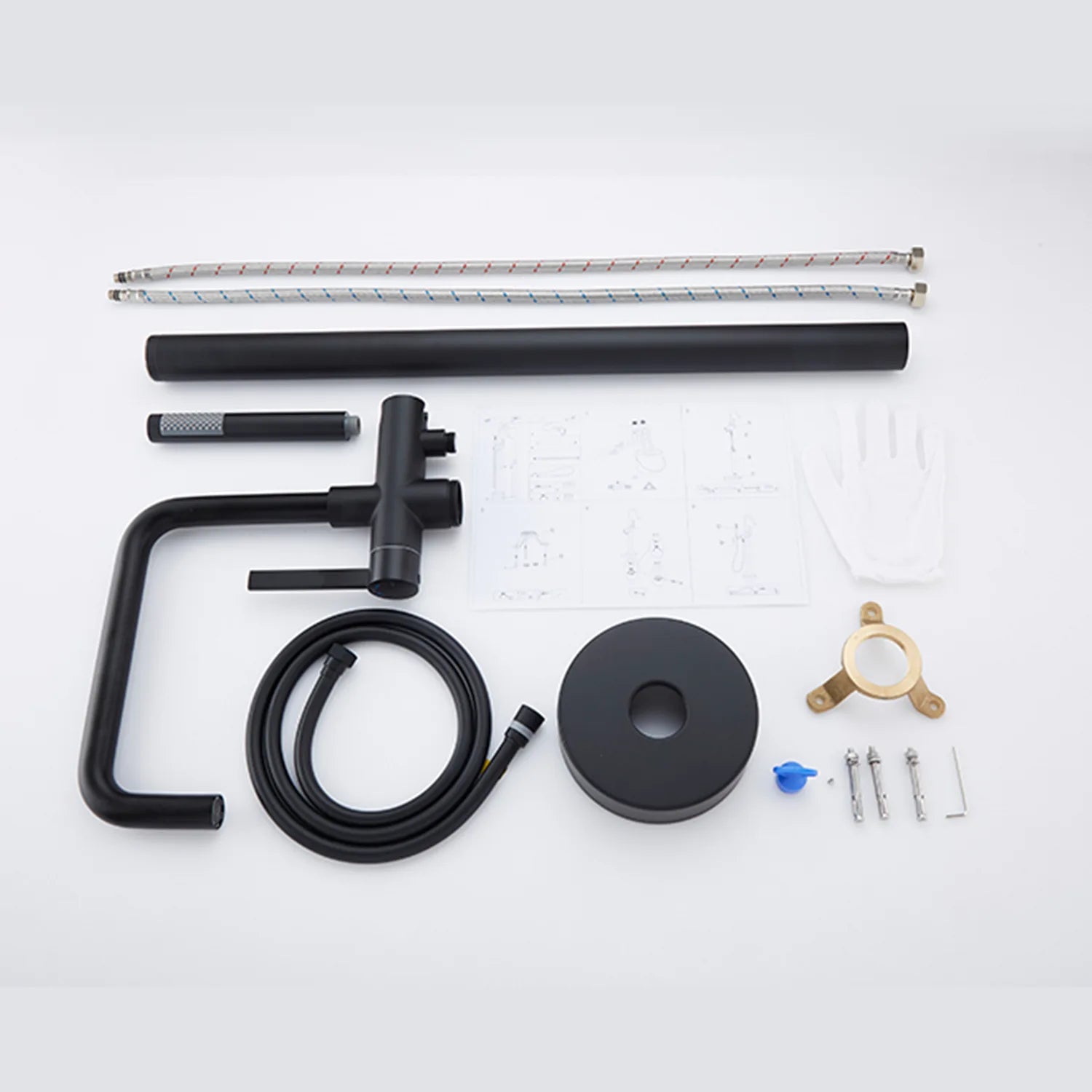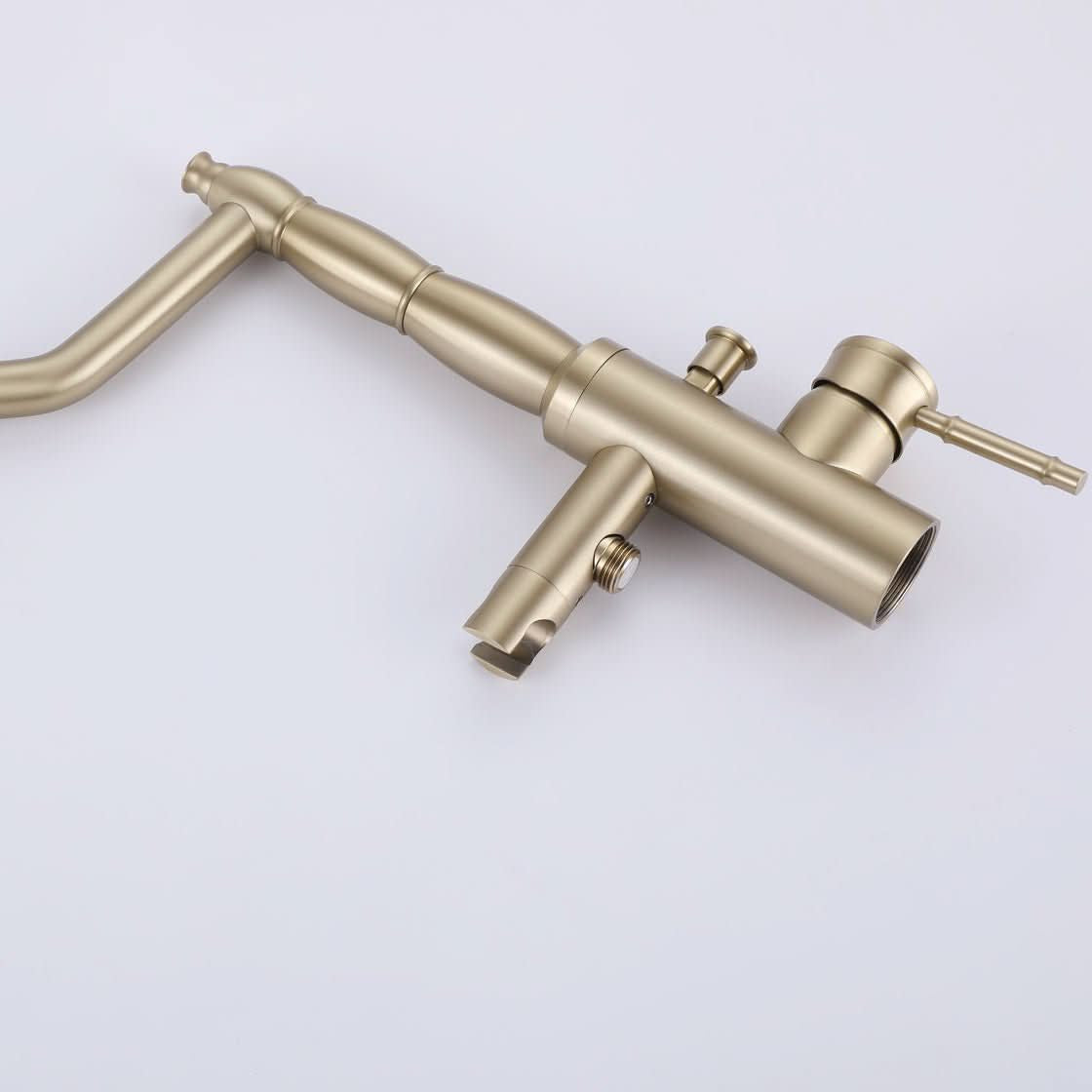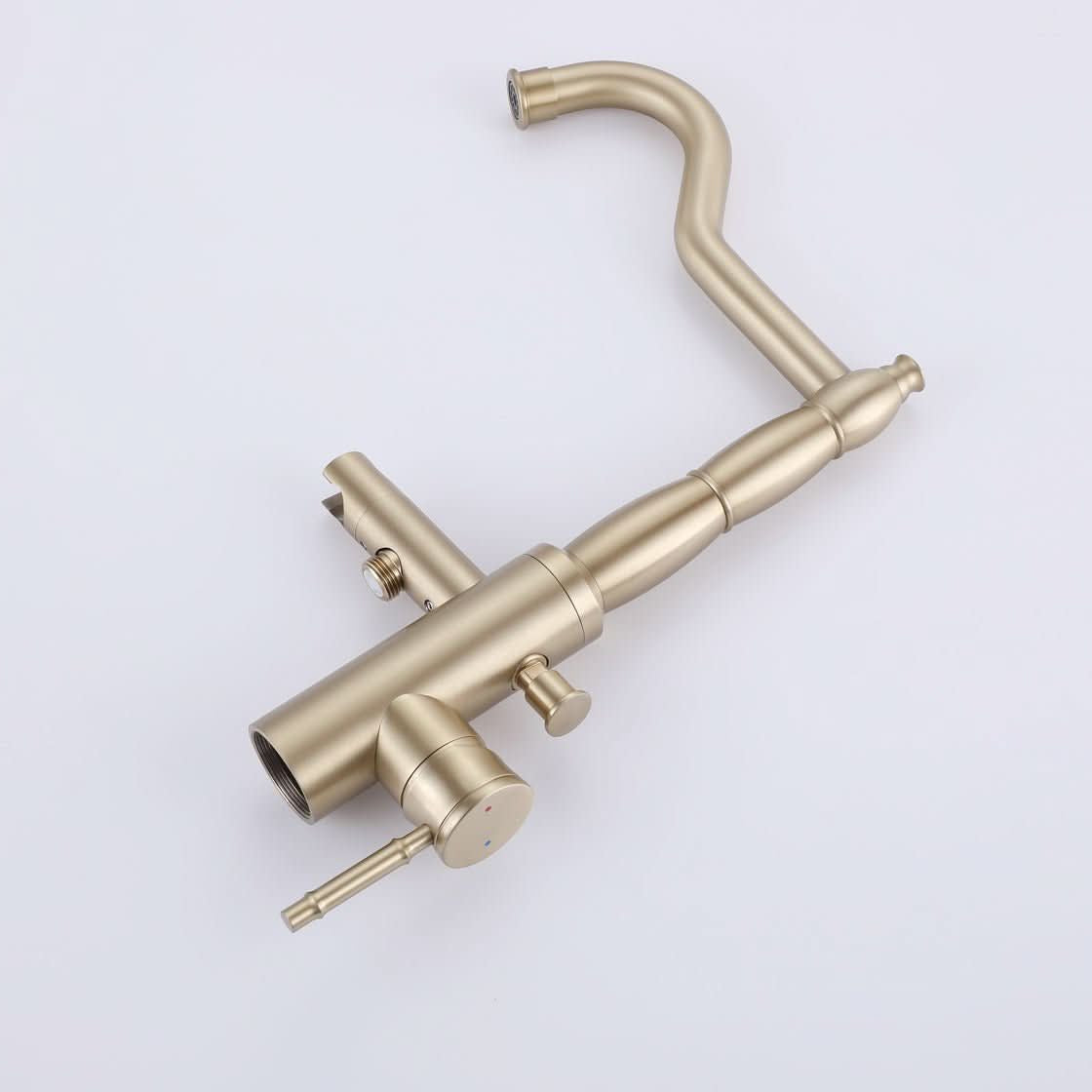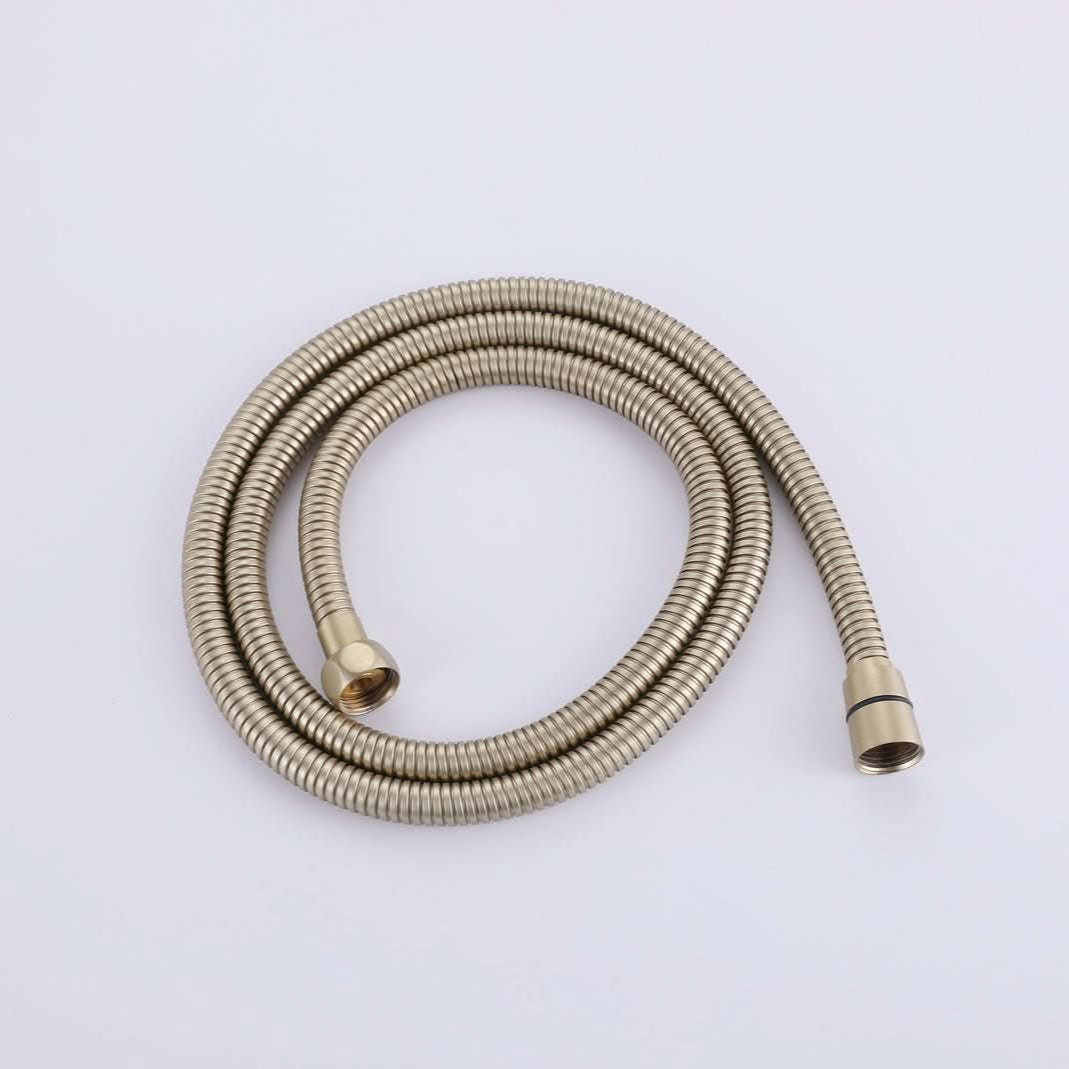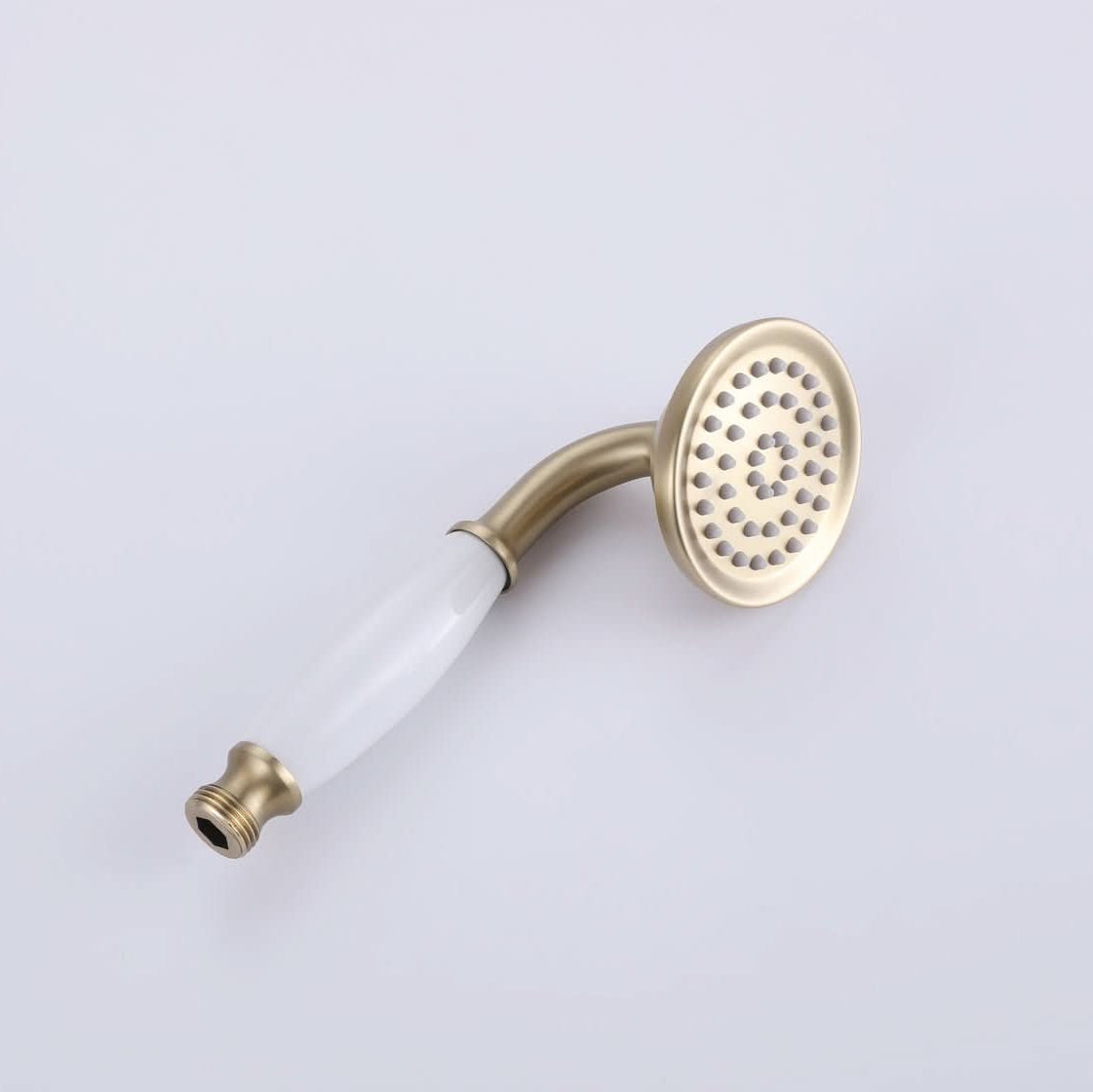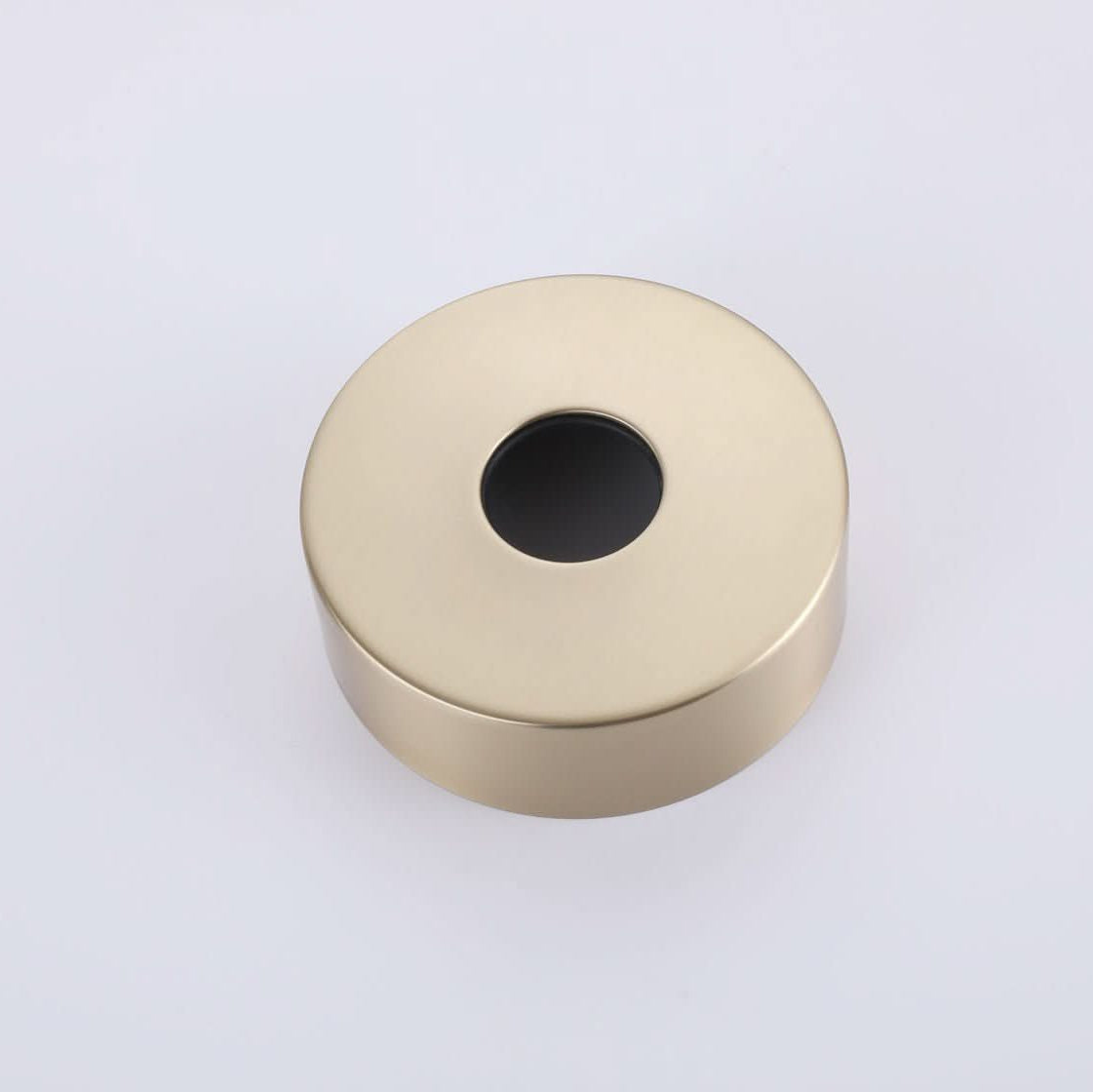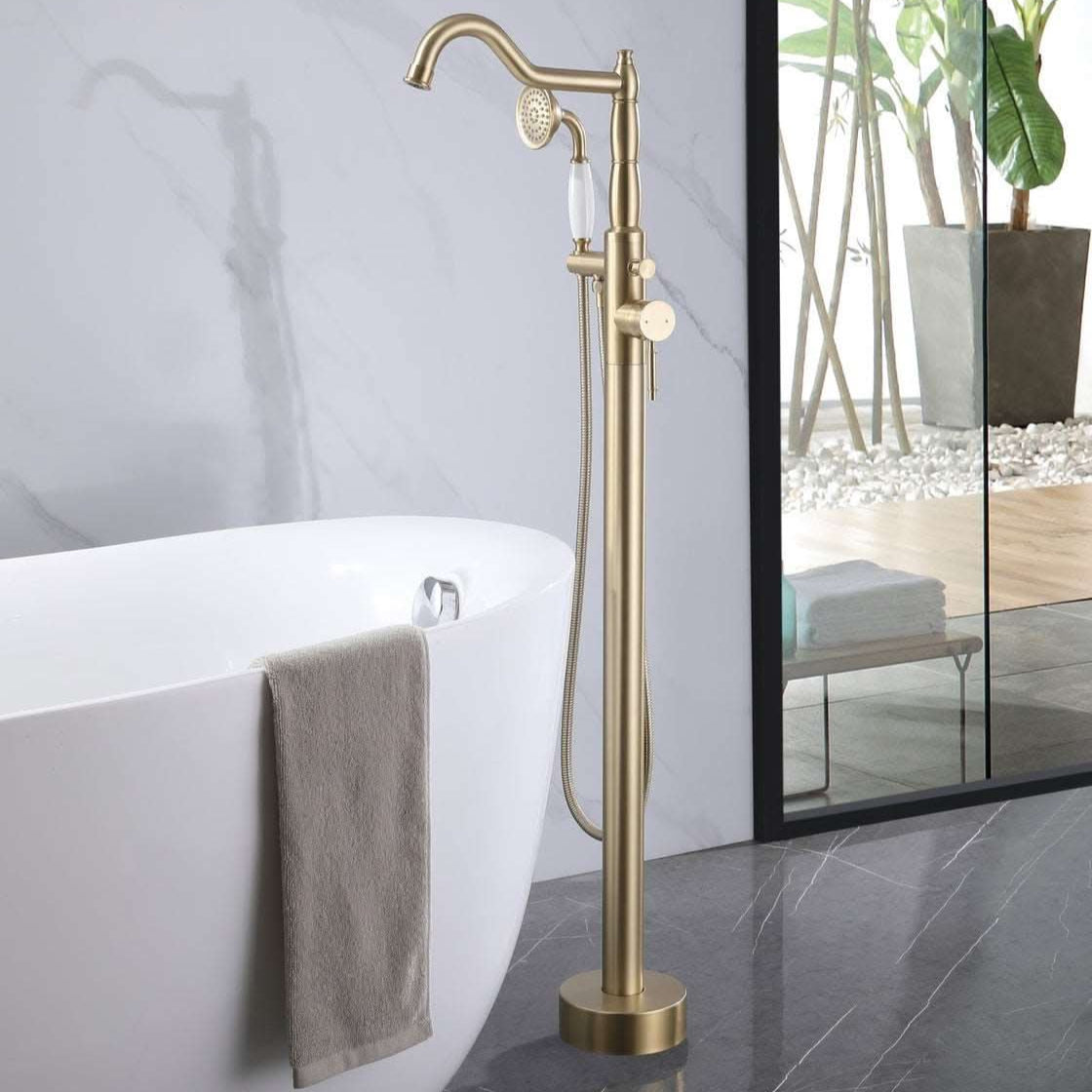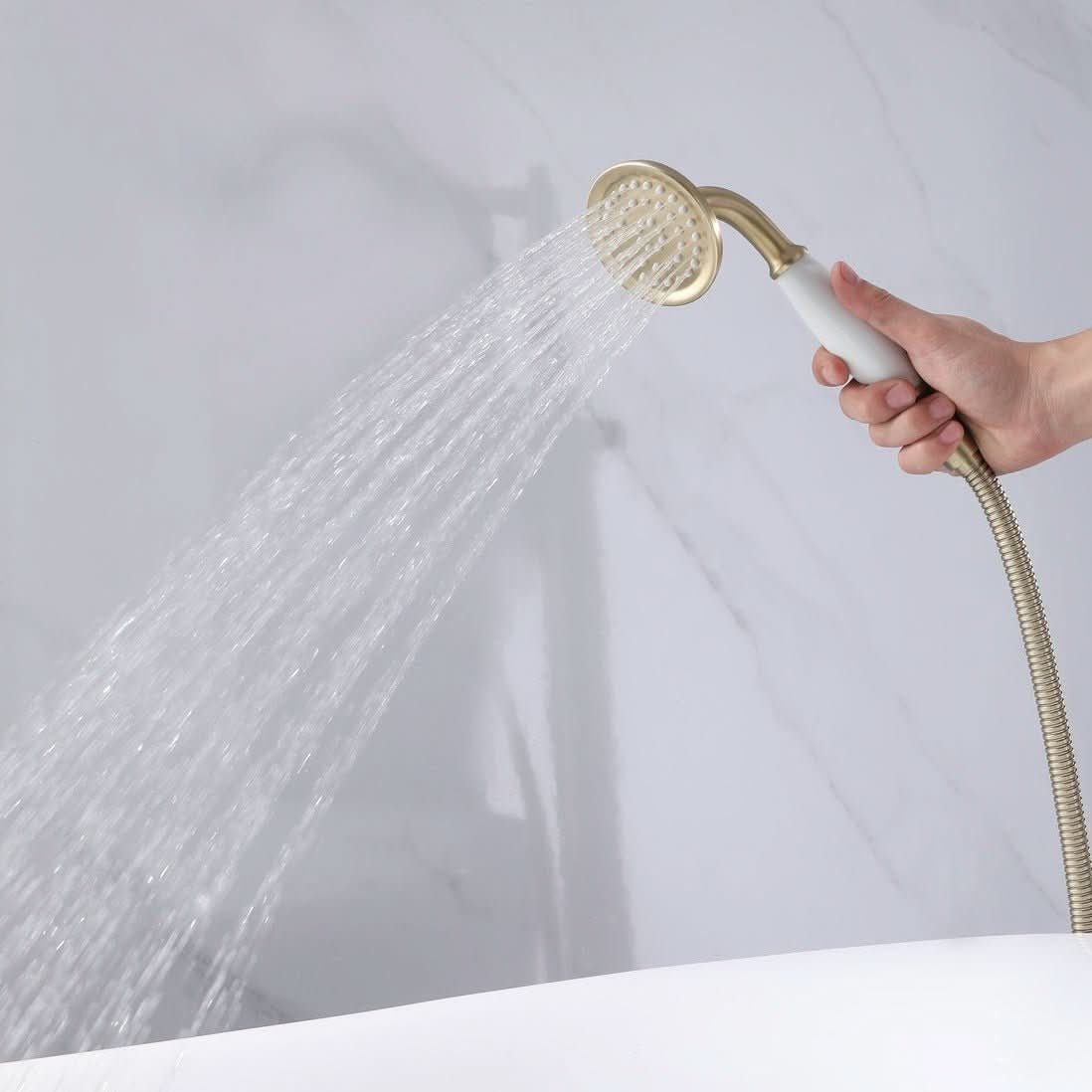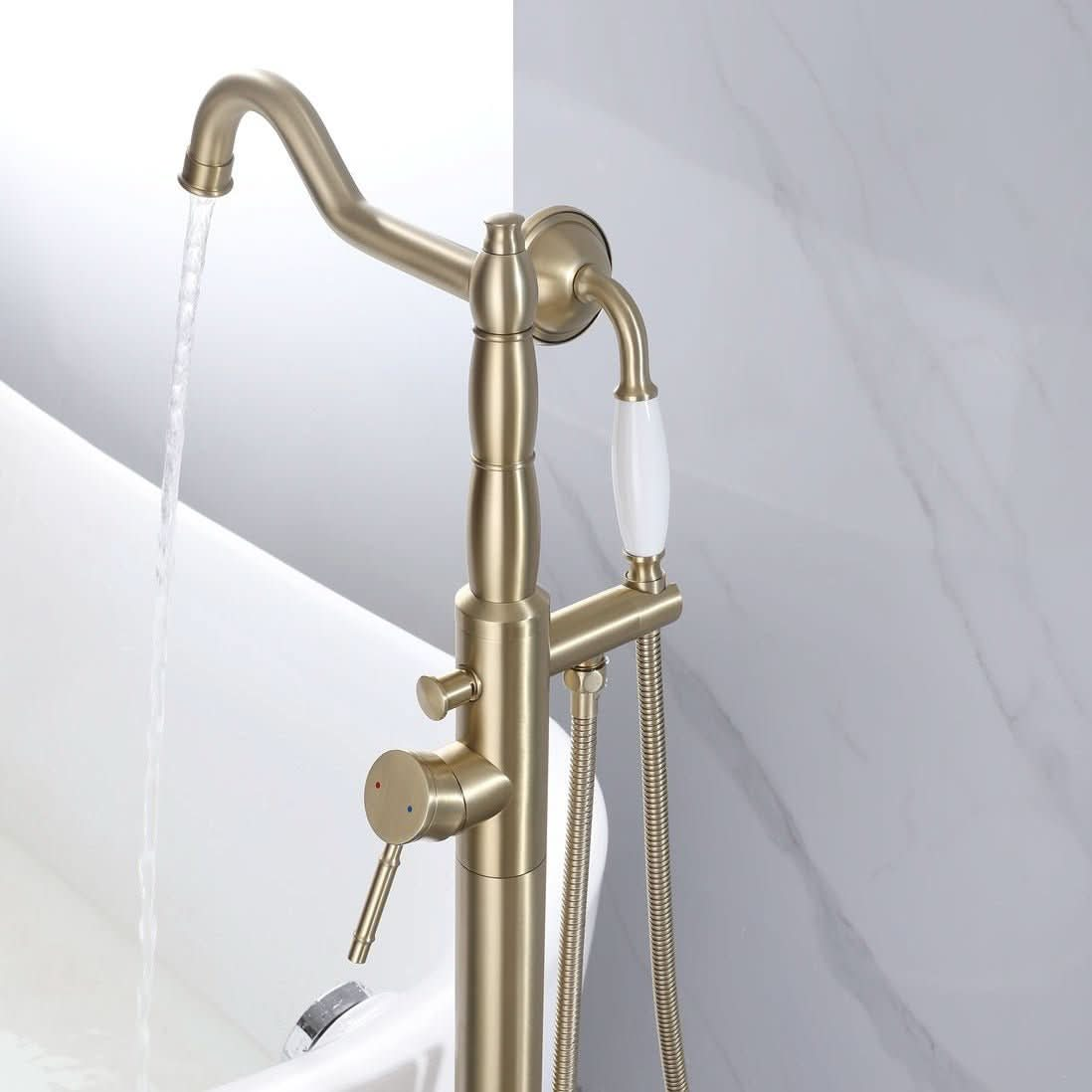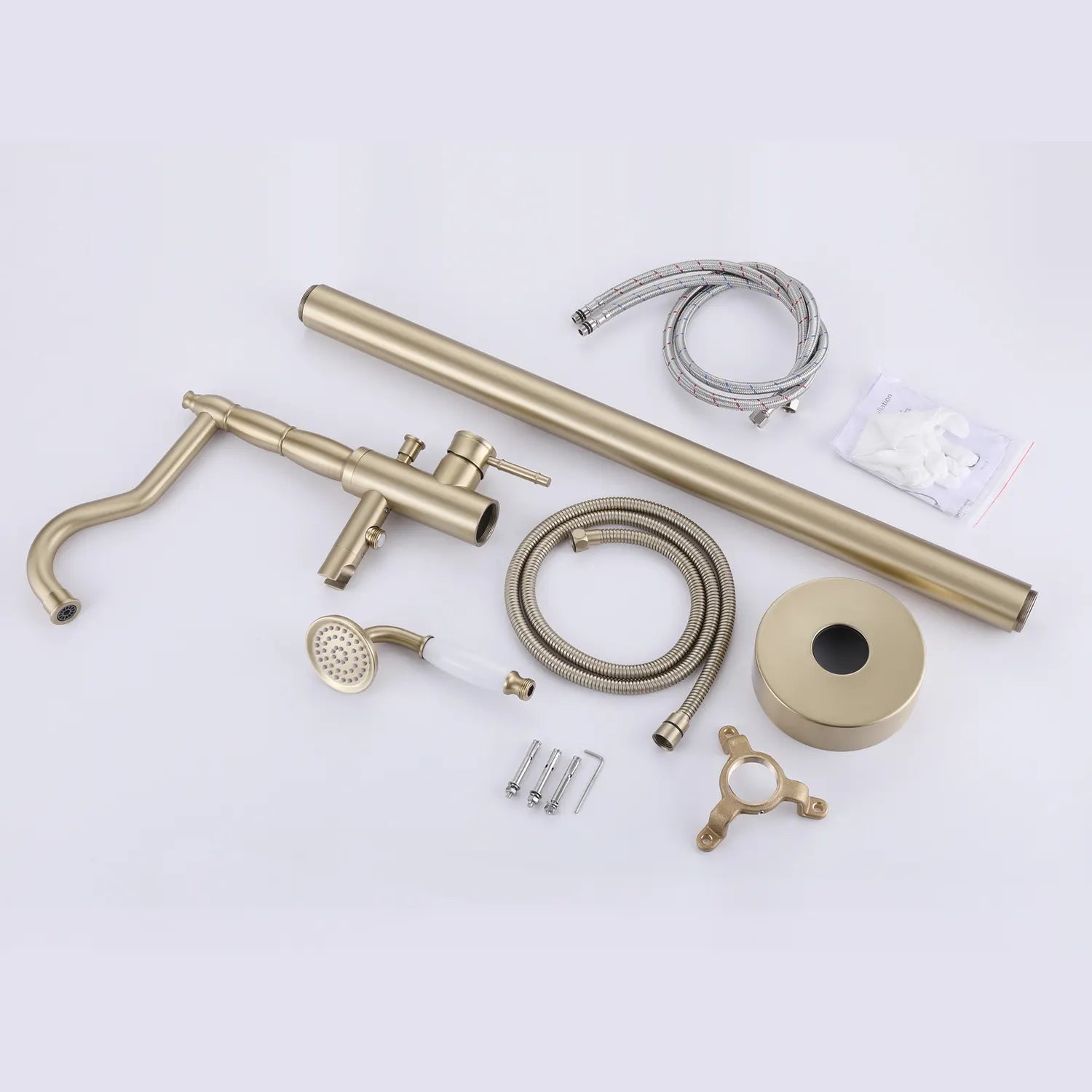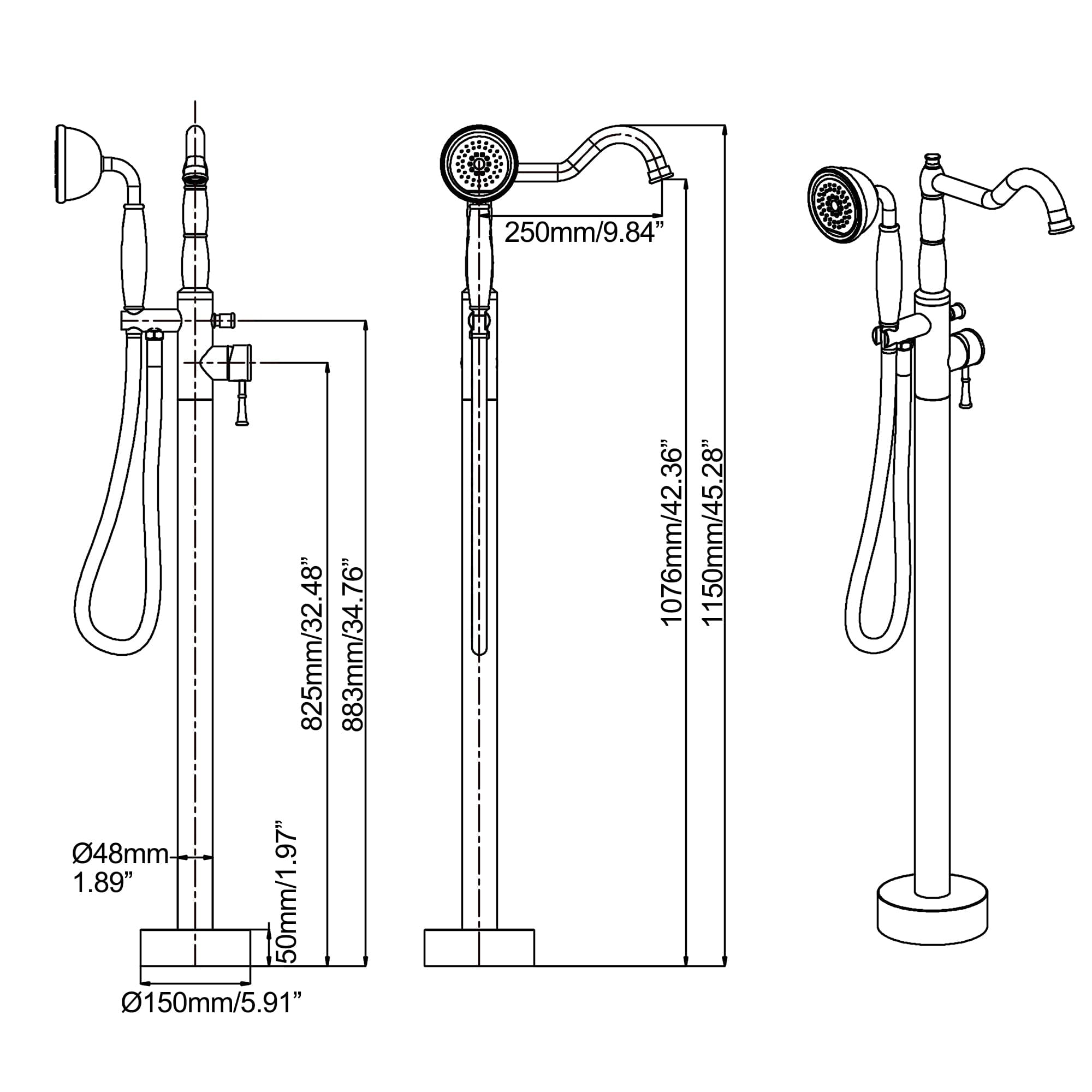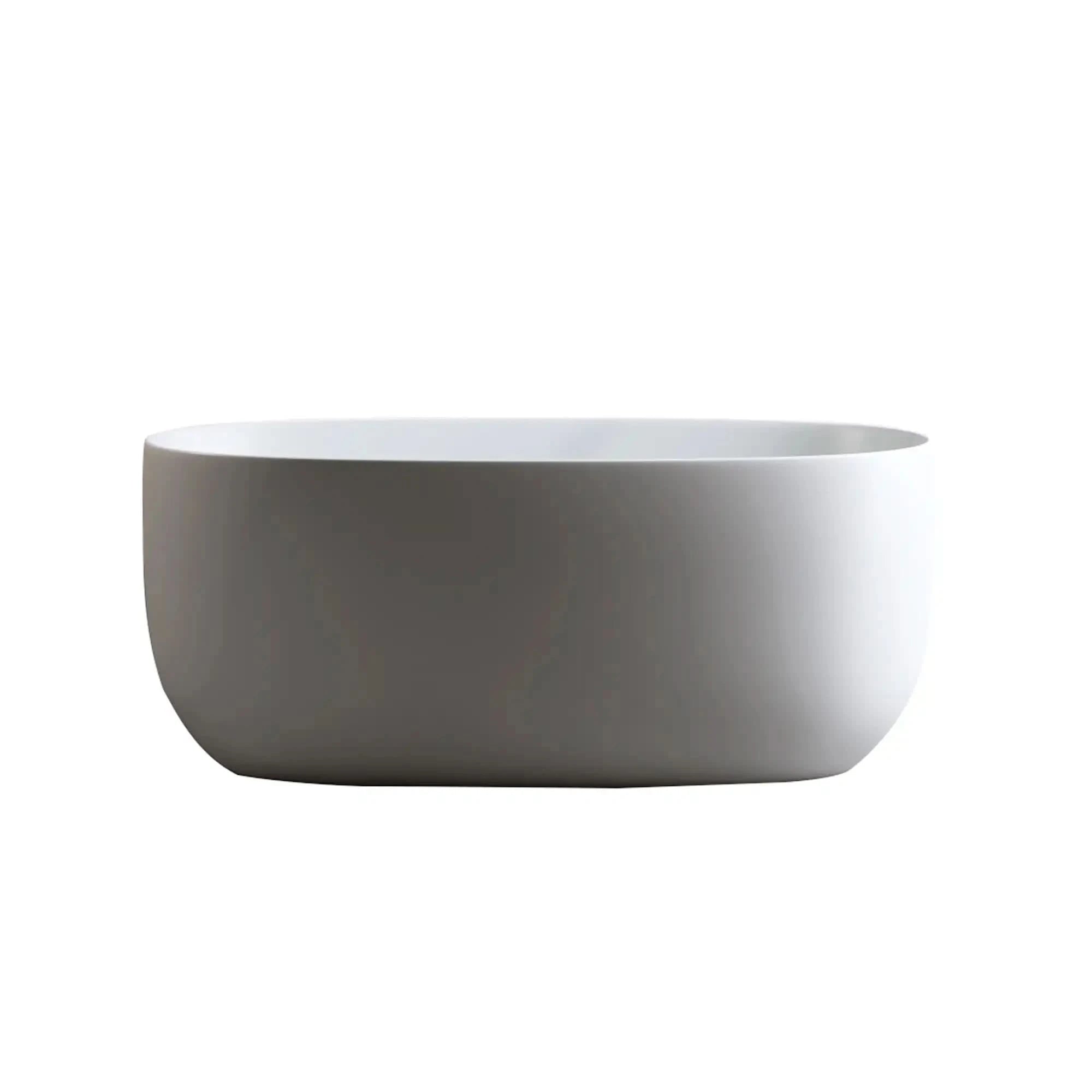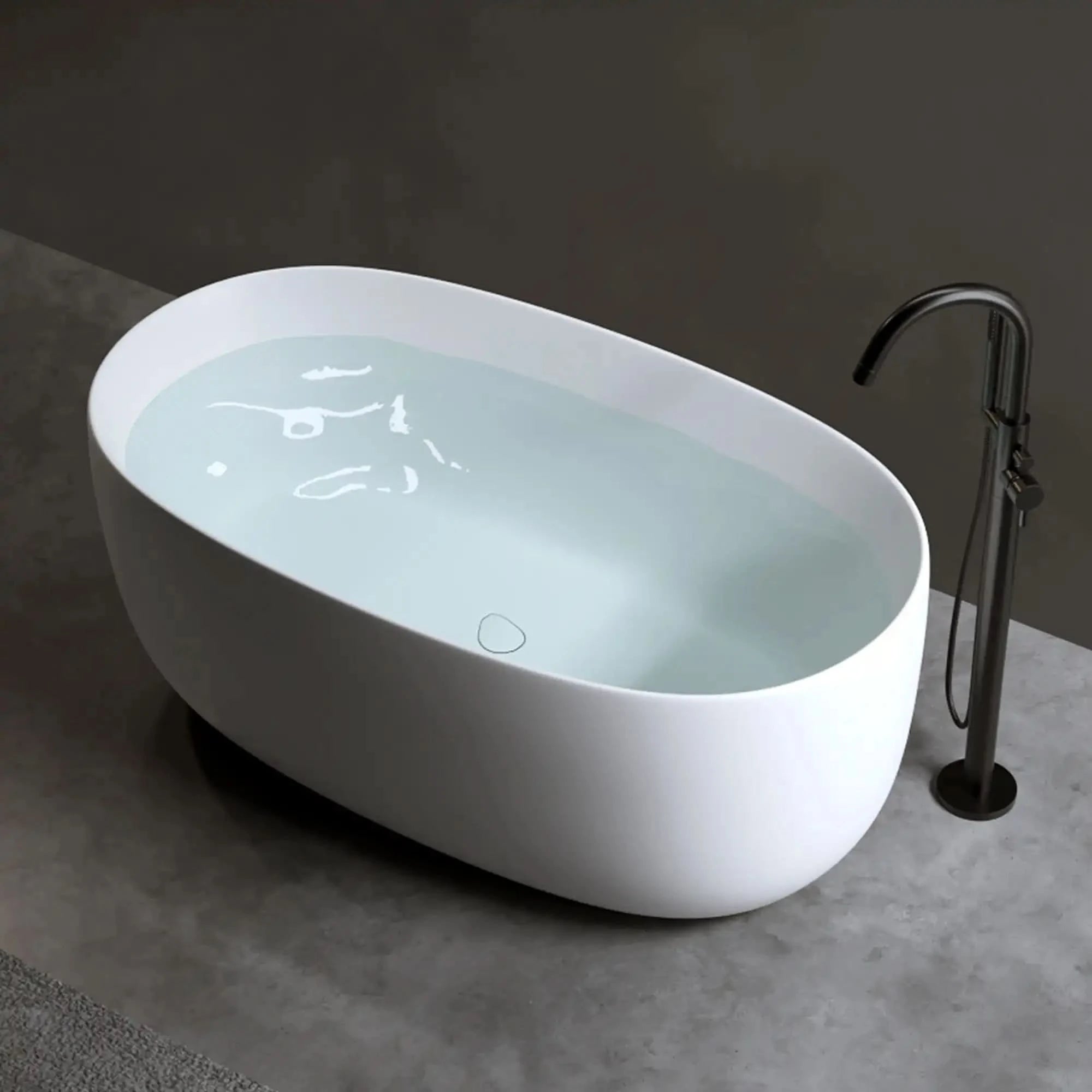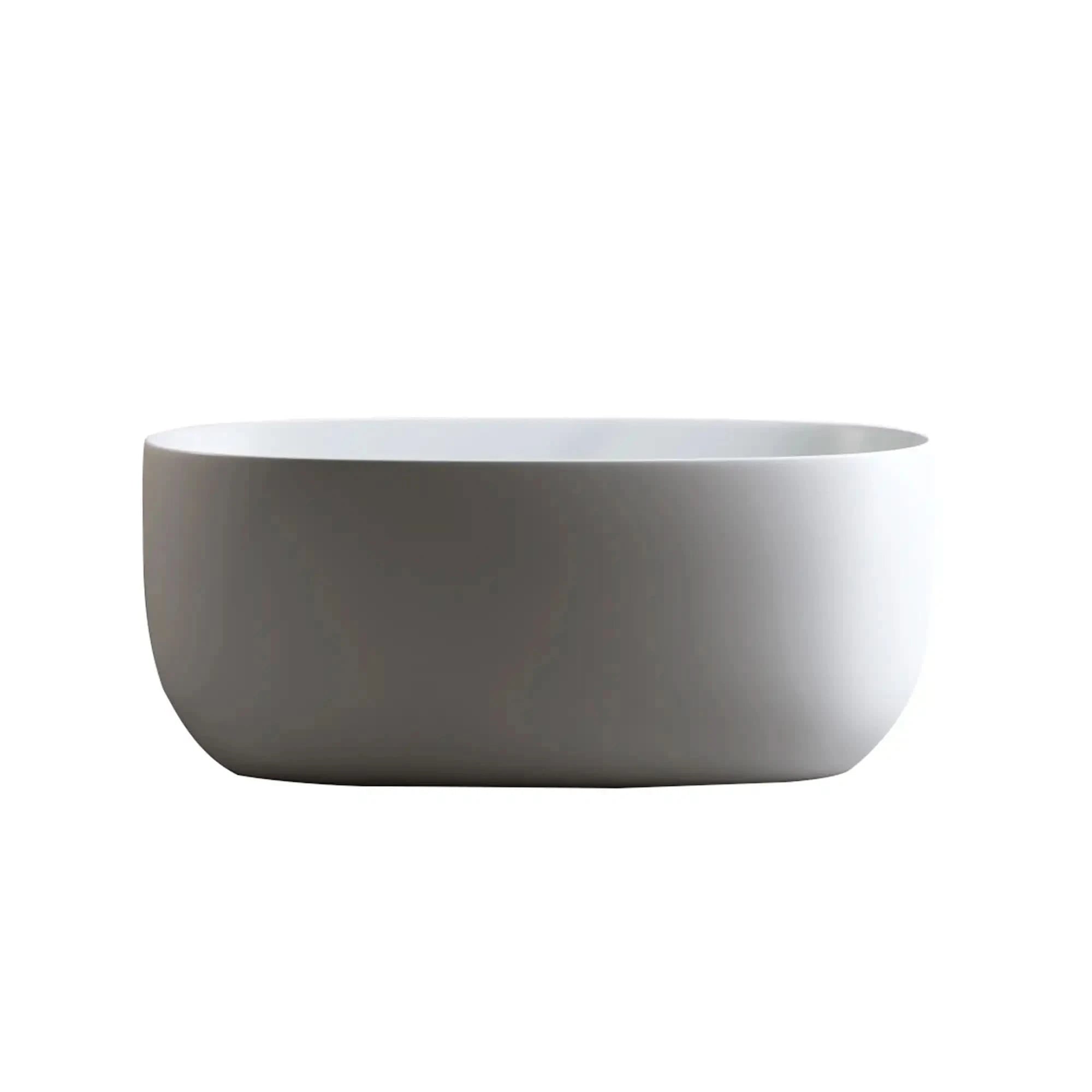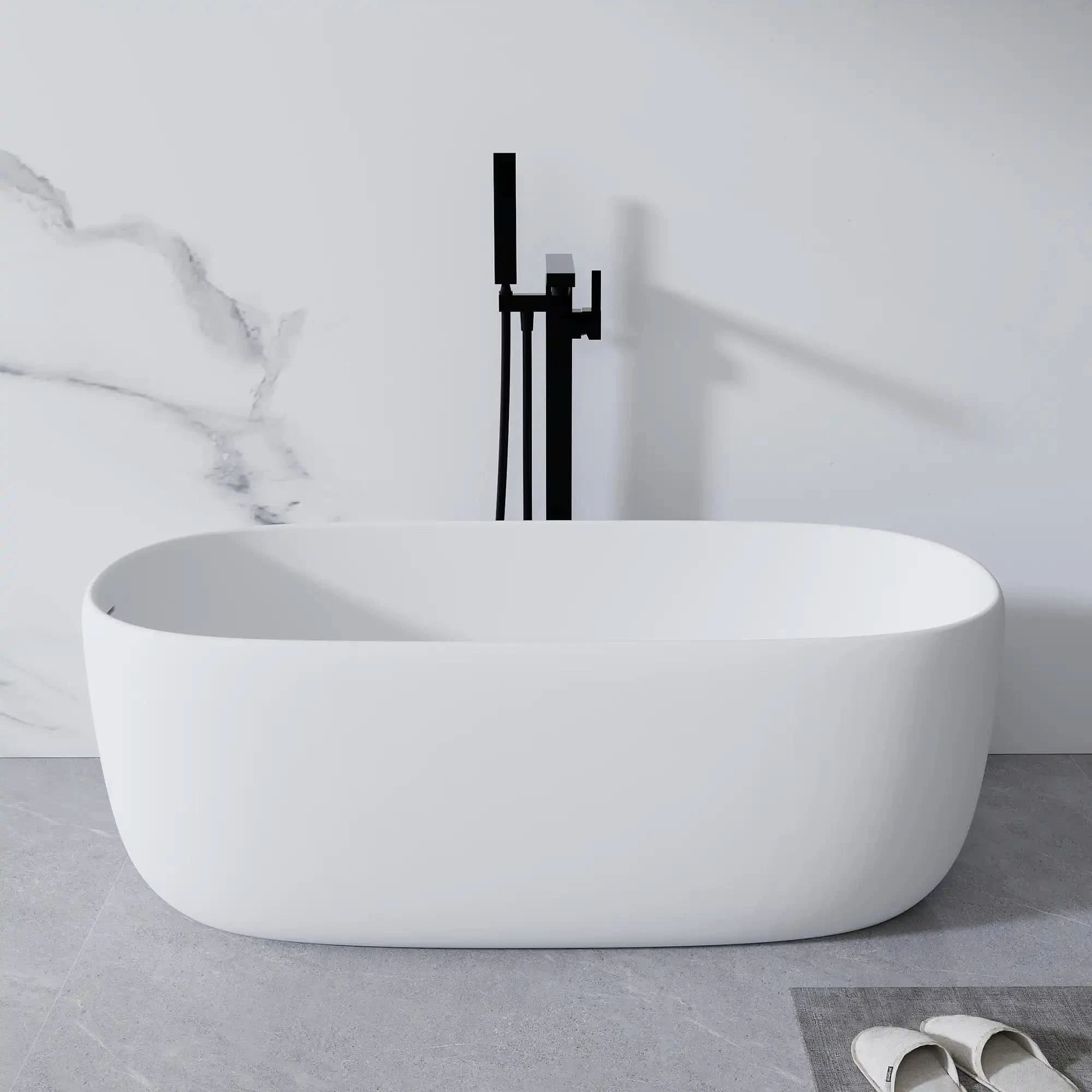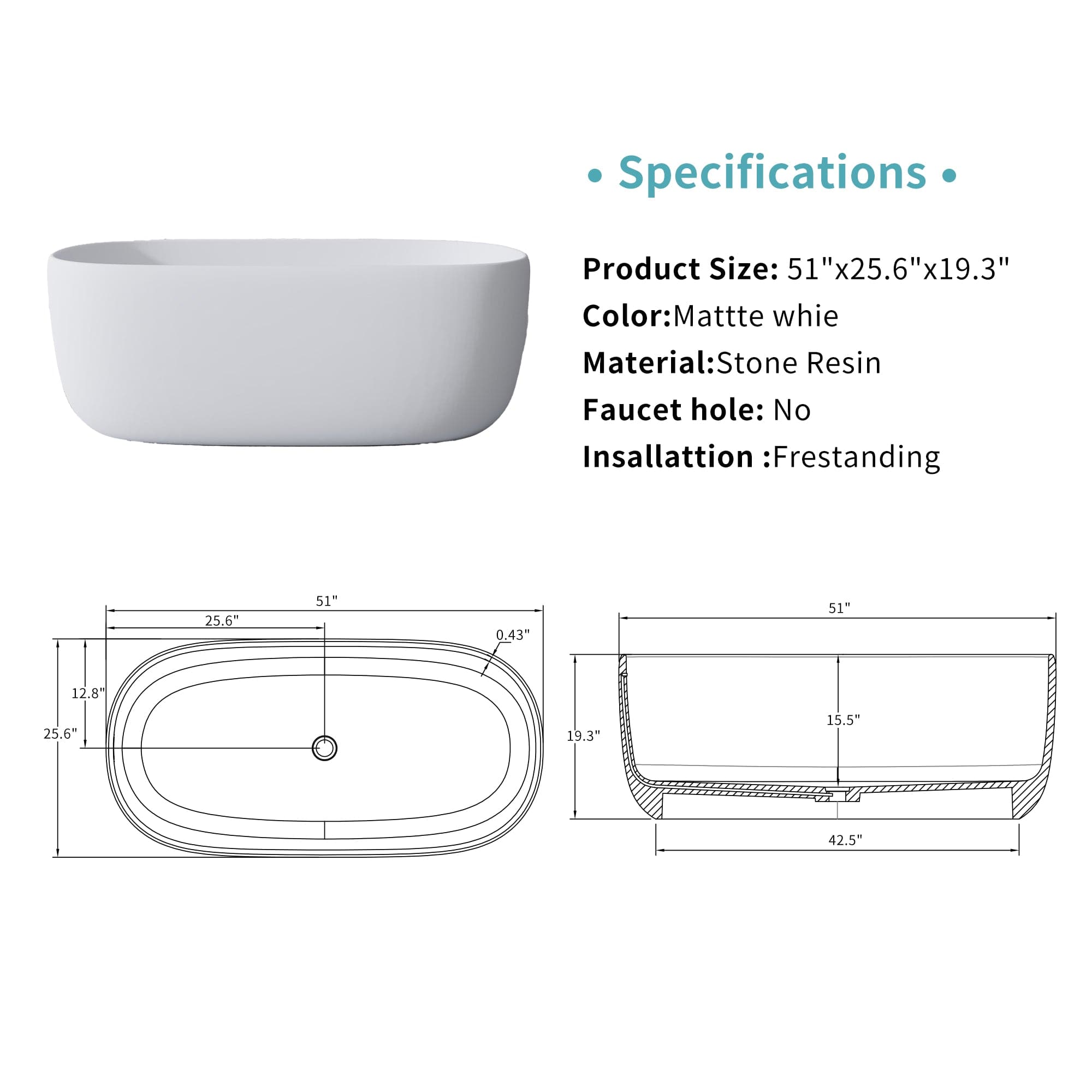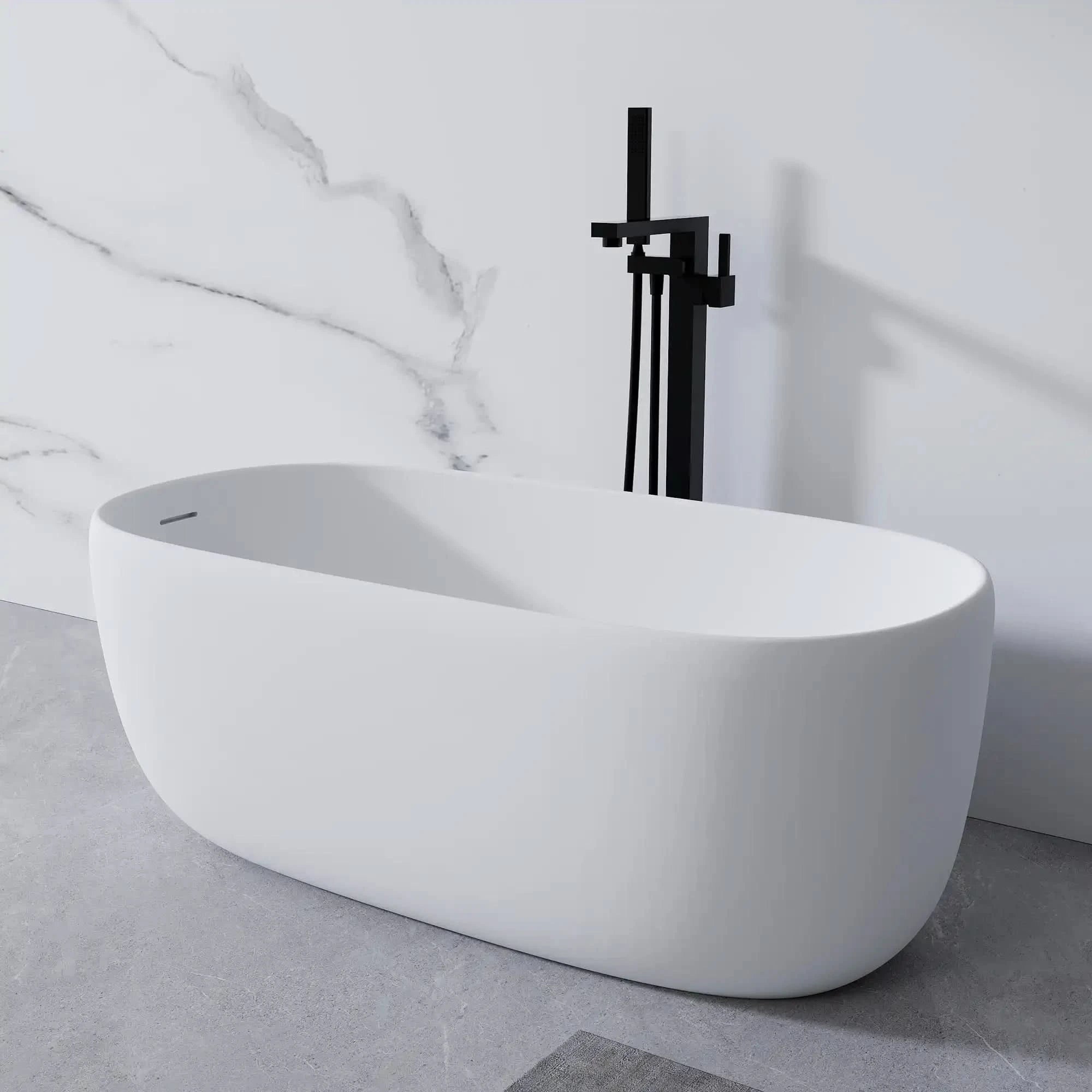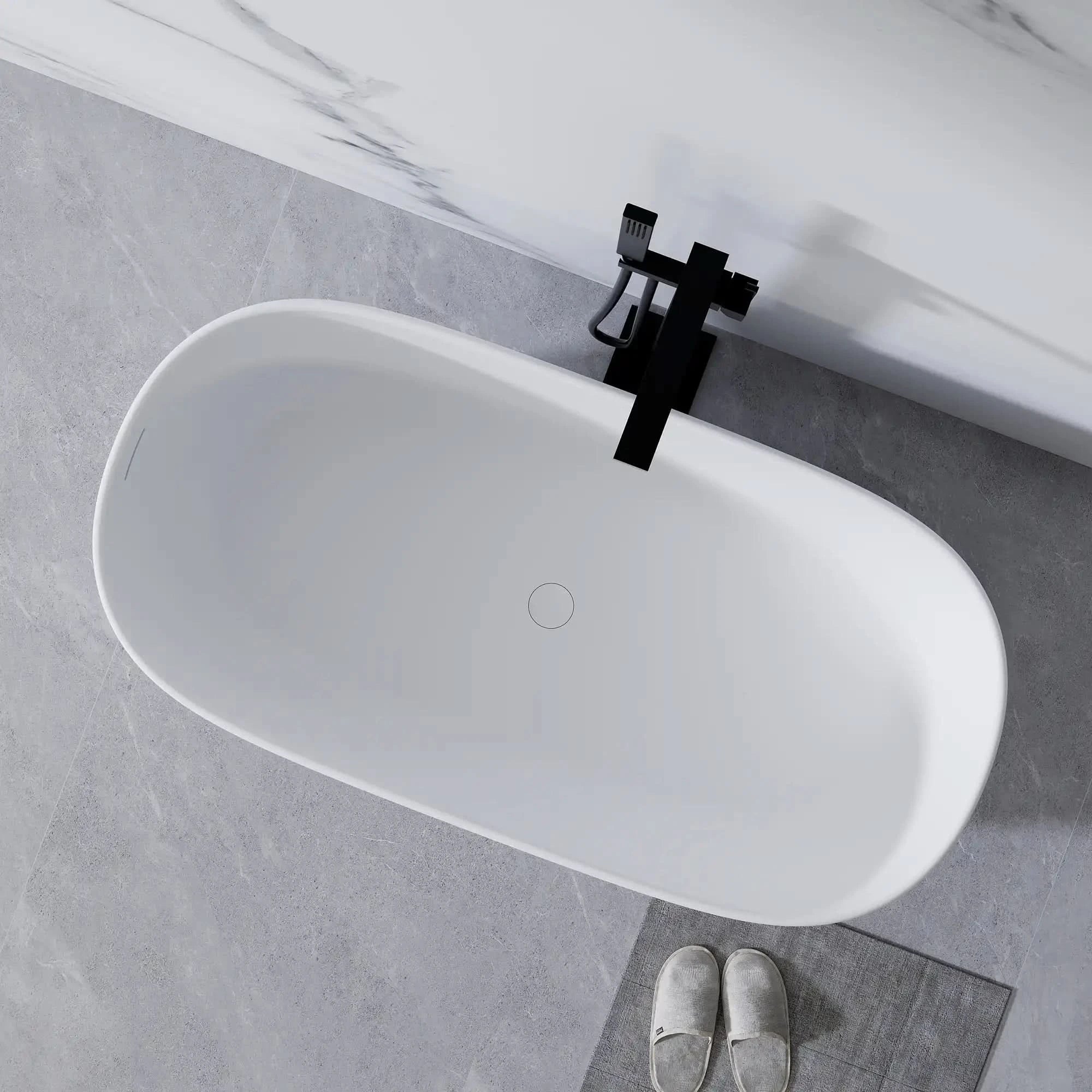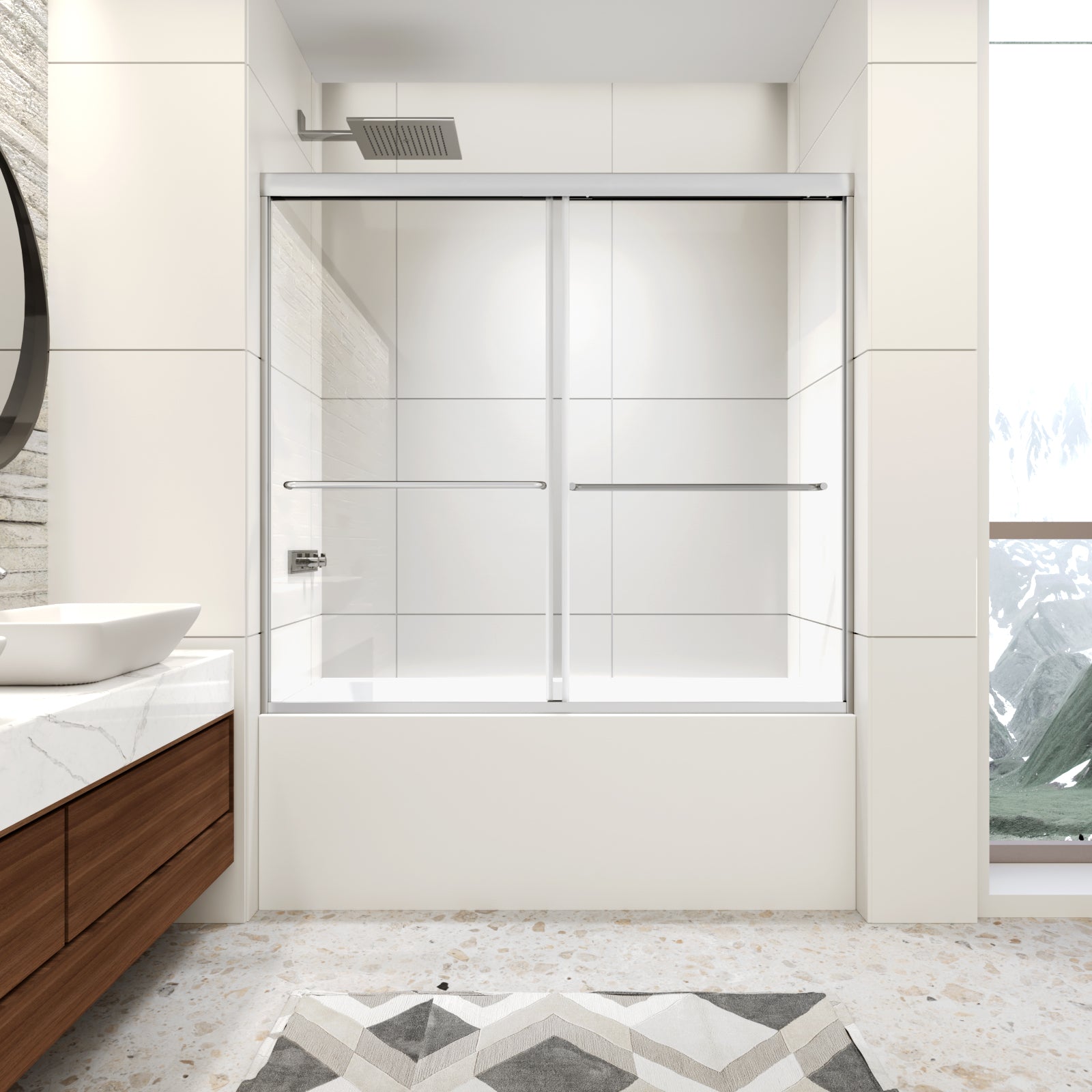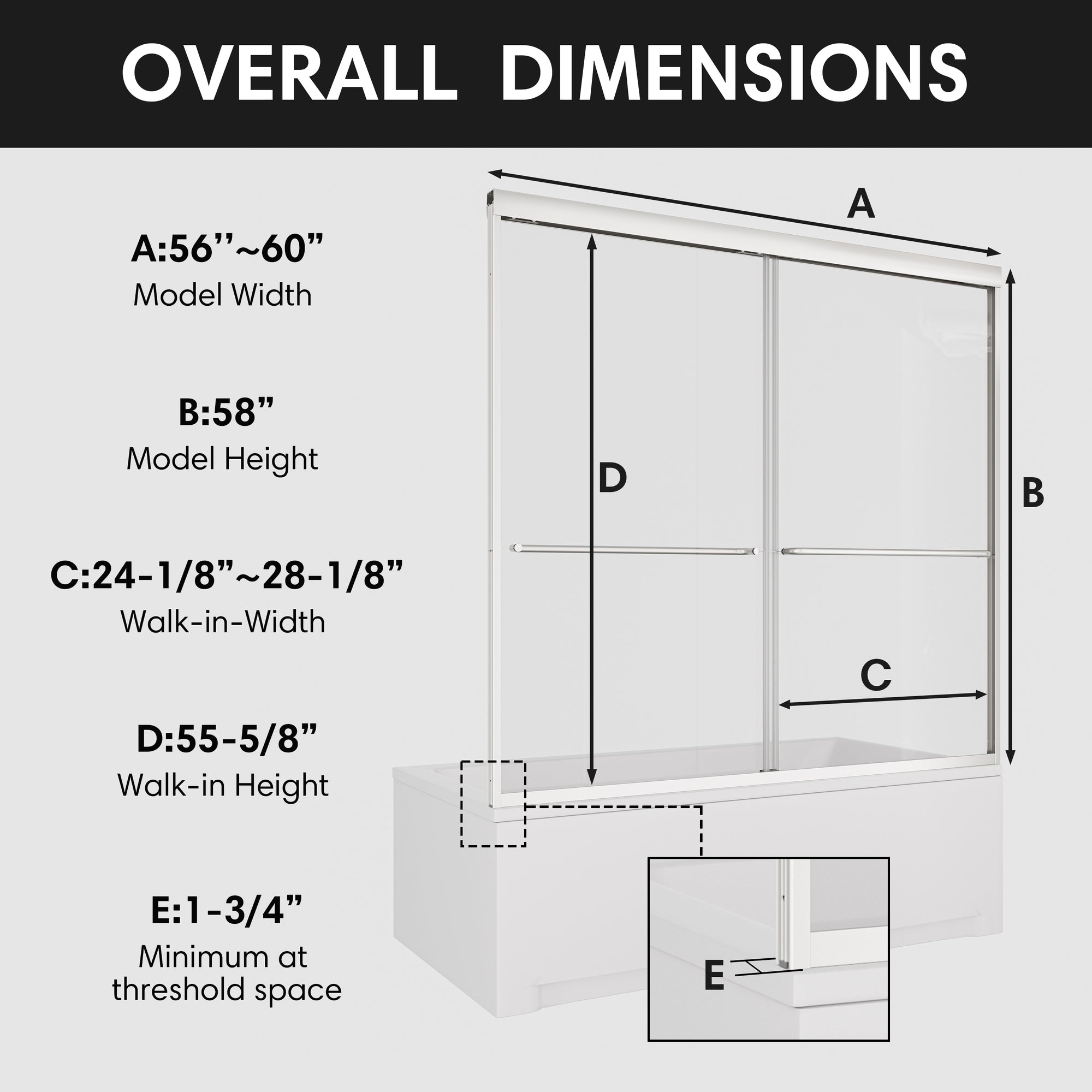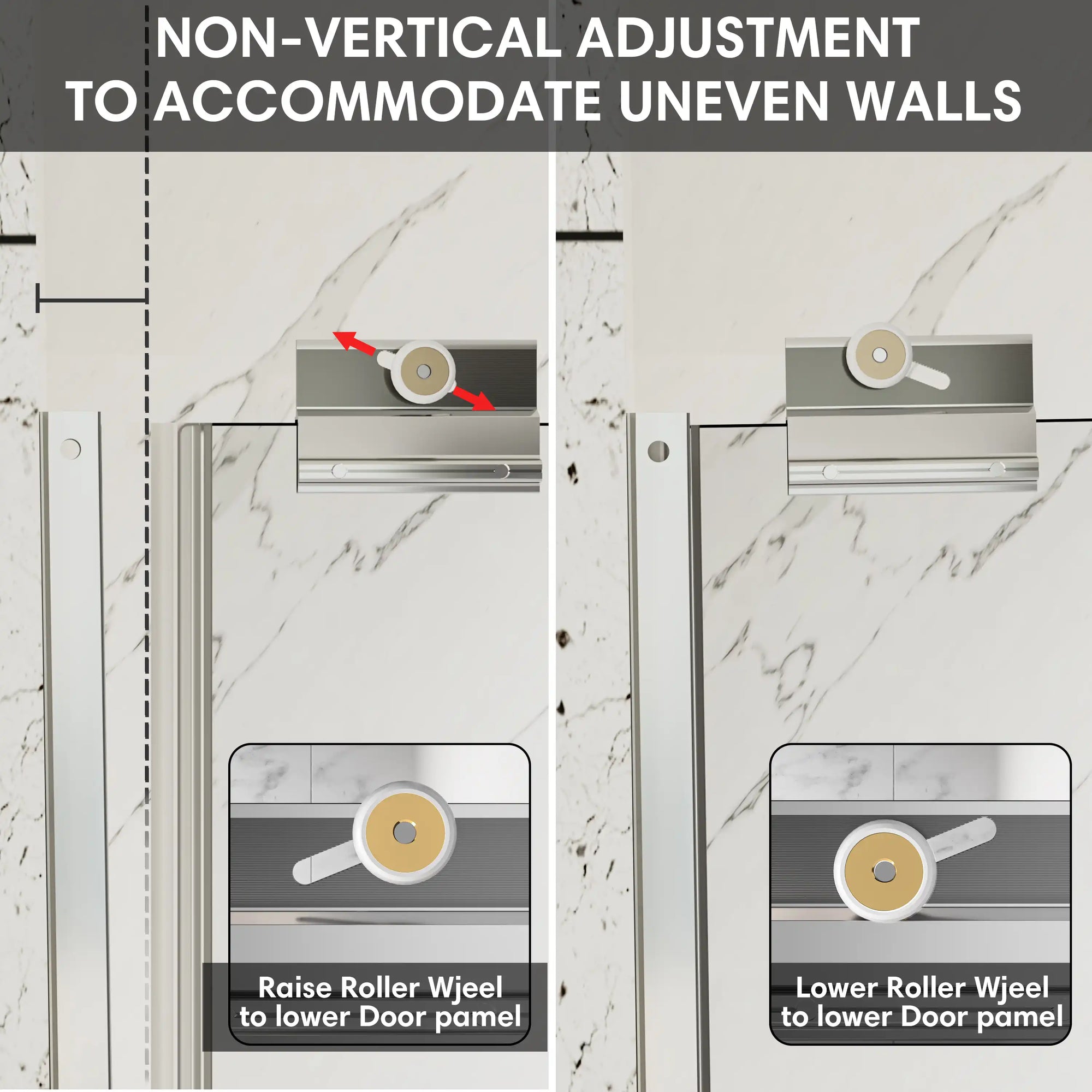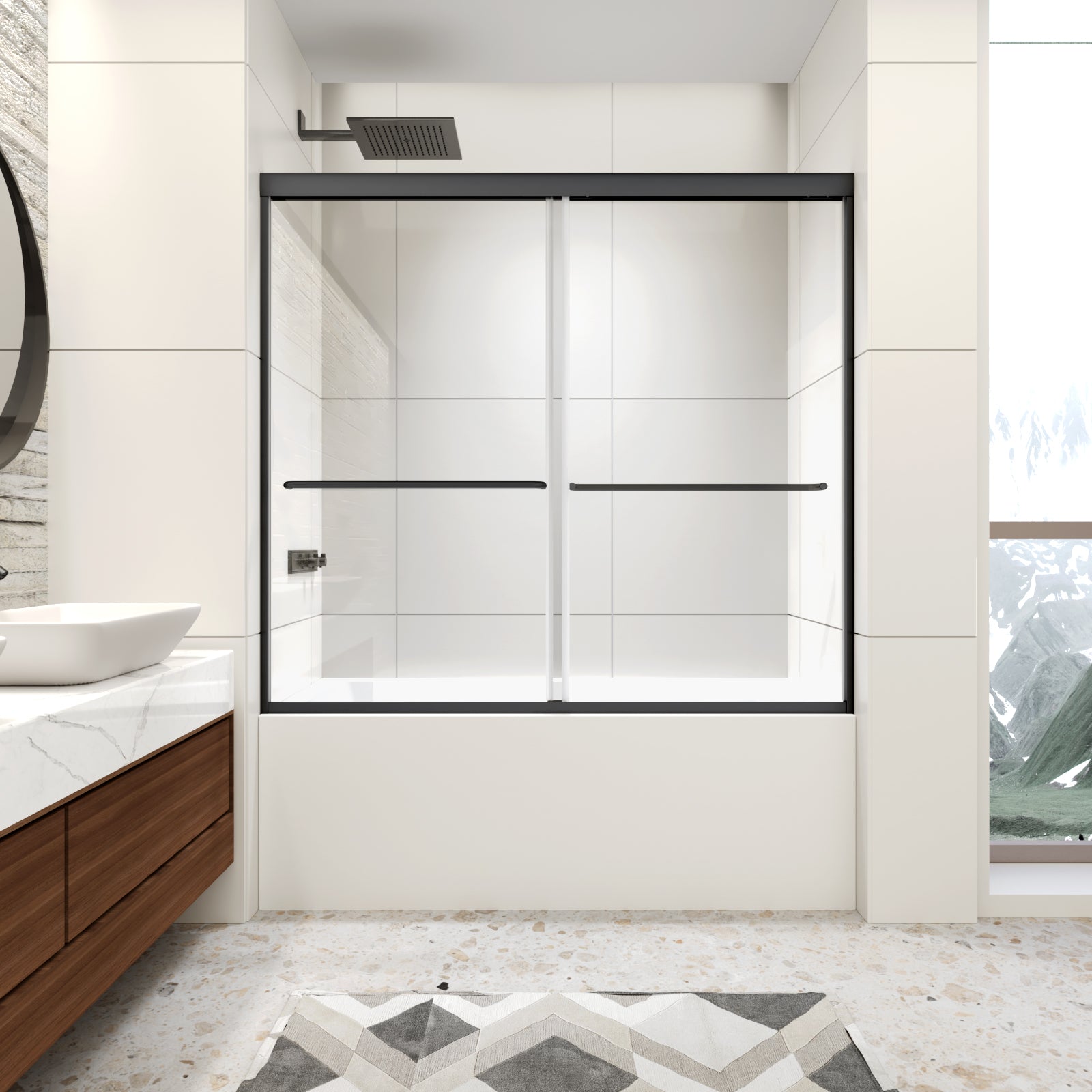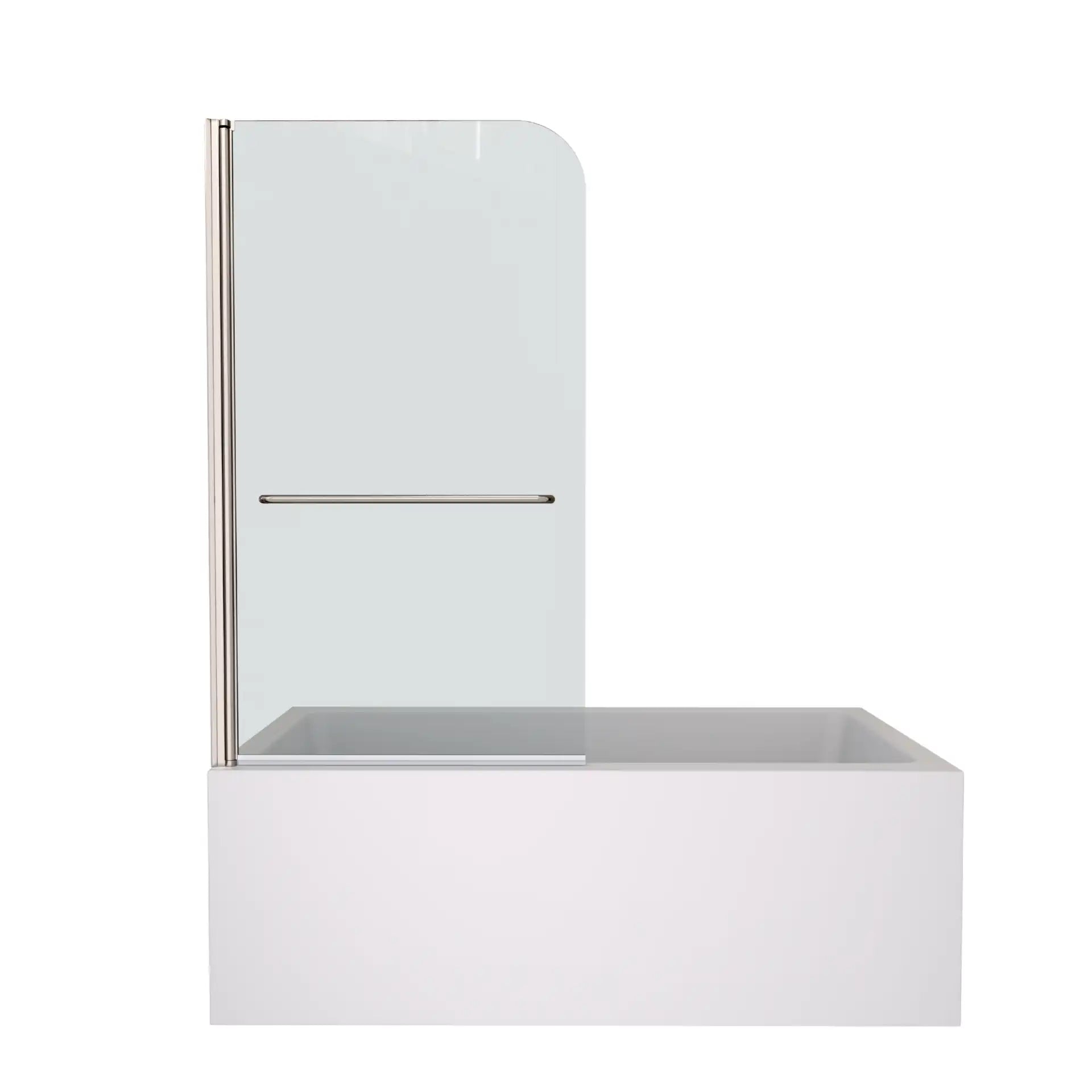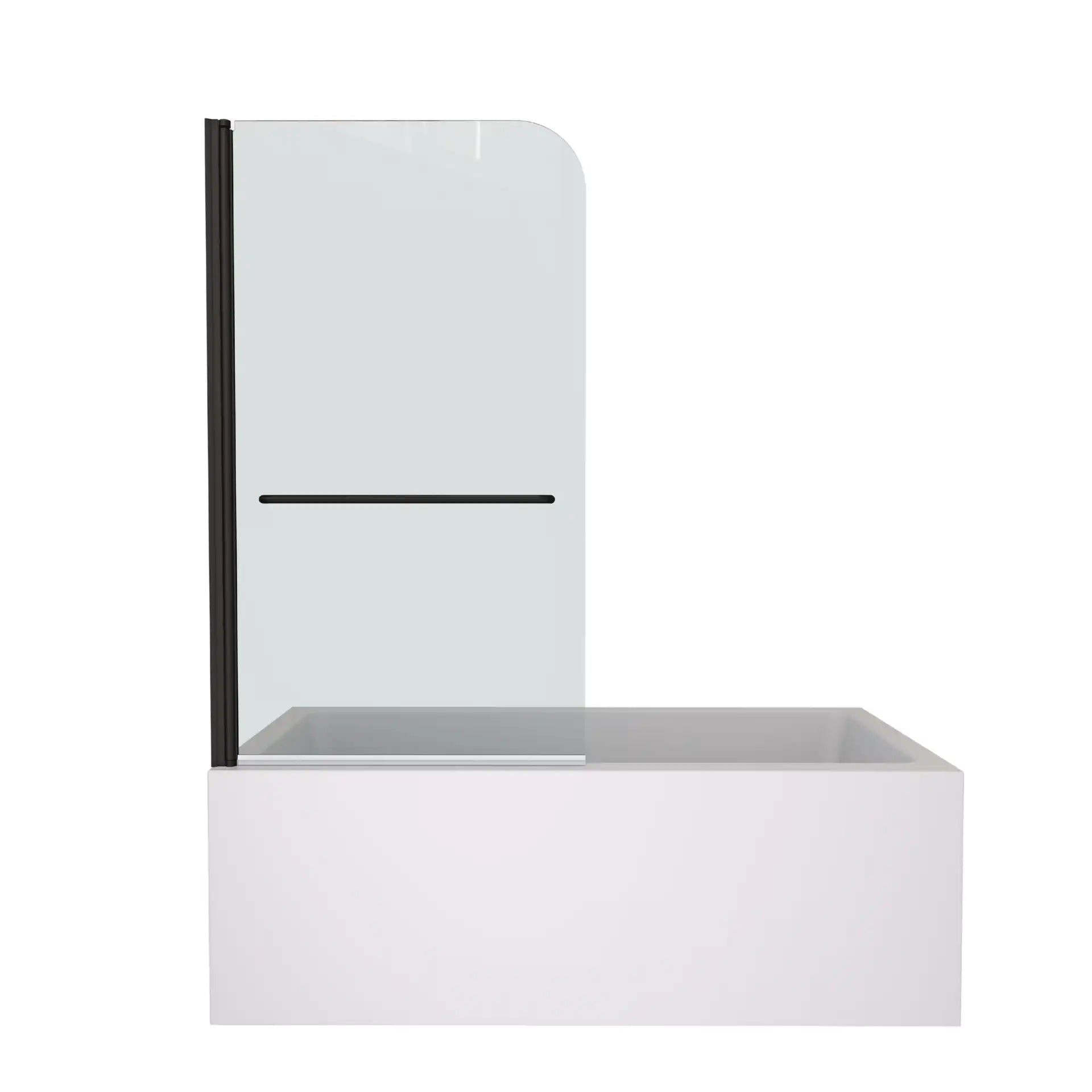Introduction: Why More Pet Owners Are Ditching the Groomer
Taking your pet to the groomer every few weeks? Costly, time-consuming, and often stressful — for both of you. More pet owners are skipping the trip and discovering that showering their pet at home is not only doable but surprisingly rewarding.
Whether you're tired of long waits, worried about your pet's comfort, or just want to save a few bucks, learning how to bathe your furry friend in your own bathroom can be a total game-changer. In this post, we’ll go over the main benefits of giving your pet a bath in your house, how to do it without flooding the bathroom, how frequently to wash your pet, what gear you’ll need and even training tips that can make the whole thing easier.
Table of Contents:
- 1. Home vs. Groomer: The Real Perks of Bathing Your Pet Yourself
- 2. How to Shower Your Pet Without Turning Your Bathroom into a War Zone
- 3. When (and How Often) Should You Shower Your Pet?
- 4. Must-Have Tools to Make Pet Showering Easy and Mess-Free
- 5. Training Tips: Helping Your Pet Enjoy Shower Time
- Conclusion: Bath Time = Bonding Time
- FAQ: Shower Your Pet Like a Pro
1. Home vs. Groomer: The Real Perks of Bathing Your Pet Yourself
Yes, groomers are trained professionals, but the pros of the DIY dog showers are numerous.
First off: cost. A single grooming session can set you back $40–$100 depending on your pet’s size and coat. Then multiply that by a dozen months and you have nearly bankrolled a mini getaway. Bathing your pet at home, on the other hand, costs a few cents' worth of water and shampoo — and maybe a treat or two for cooperation.
Second: less stress for your pet. Many pets find groomers overwhelming. Noisy hair dryers, new scents and hands from people she has never met can lead to major anxiety. This is their comfort zone at home. You’re the trusted human. The water temperature is perfect, and they get belly rubs instead of the cold table.
Third: bonding. Believe it or not, bathing your dog or cat can strengthen your bond. It's one-on-one time. You’ll learn how they react to water, where they're ticklish, and how to comfort them. You may even find odd bumps, skin conditions, or ticks early — something you’d miss by outsourcing their hygiene.
And hey, you get to wear sweatpants while doing it. Win-win.

2. How to Shower Your Pet Without Turning Your Bathroom into a War Zone
Let’s get real — showering your pet at home isn’t always sunshine and tail wags. It might start with a cute head tilt and end with you wearing half the bathwater. But with a little strategy, it doesn’t have to be a disaster.
Step 1: Prep everything first
Nothing says chaos like leaving a wet dog to run through the hallway while you look for a towel. Have everything — shampoo, towels, treats, brush, and hand shower within arm’s reach.
Step 2: Pick the right spot
A tub or large sink works well for small dogs and cats. A walk-in shower may be necessary for larger dogs. Make sure to place a rubber mat to prevent slipping (and terrified scrambling).
Step 3: Start slow
Let your pet sniff the water. Use lukewarm, not hot water. In such a scenario, a hand shower works like a charm because you can easily control both pressure and angle. High water pressure = panic. Gentle trickle = spa day.
Step 4: Shampoo like you mean it
Use a pet-friendly shampoo — nothing too strong or perfumed. Start from the neck and work your way down, lathering gently but thoroughly. Pay extra attention to the paws, belly, and rear, where grime tends to collect. Avoid the eyes and inside the ears (they hate it). If your pet has long fur, work in sections to make rinsing easier later.
Step 5: Rinse and Repeat
Rinse thoroughly until the water runs clean. Residual shampoo can cause skin irritation or itching in your pet. Pour lukewarm water from the top (the shoulders) down. Take your time — properly rinsing is just as important as washing. If your pet has rolled in something gross, don’t hesitate to do it again.
Step 6: Towel off and reward
Once your pet is thoroughly rinsed, drying is just as important as washing. Wrap them in a thick, absorbent towel immediately, bonus points if you turn them into a burrito. For dogs with longer fur, gently pat dry in layers rather than rubbing, which can cause tangles. If your pet can handle it, use a pet-safe hairdryer on a low heat setting. Always keep it moving and at least a hand’s width away from their skin. For cats or nervous pets, towel-drying in a warm, draft-free room is best.

3. When (and How Often) Should You Shower Your Pet?
This one is a tricky one, because it also depends on the pet.
Dogs: For most breeds, once a month is good. However, if your pet enjoys rolling in mud puddles, or has a longer coat that requires additional maintenance, regular showers will be needed. On the other hand frequent washing will remove natural oils, as well as, irritate their skin.
Cats: Most cats groom themselves just fine and rarely need a shower. But long-haired breeds, senior cats, or ones with mobility issues might need help now and then. If your cat smells like old socks, it’s probably time.
Other signs it’s time for a wash:
-
They’re scratching a lot
-
They’ve rolled in something “mysterious”
-
You can smell them from another room
-
Their fur looks greasy or clumpy
Always adjust the frequency based on activity, breed, and advice from your vet. The goal is a clean, happy pet — not a traumatized one.

4. Must-Have Tools to Make Pet Showering Easy and Mess-Free
You're not looking to build a full-on grooming salon at home, but a couple of essentials will save you a lot of hassle.
Your DIY pet bath toolkit:
-
Pet-safe shampoo (no parabens or human fragrance bombs).
-
Soft brush or comb for before and after the bath.
-
Absorbent towels or even a microfiber pet bathrobe (yes, they exist).
-
Non-slip mat to prevent skating puppies.
-
Pet-safe hairdryer for a quick and safe drying process.
- A tub faucet with hand shower that lets you control spray intensity — gentle mist for cats, more power for muddy pups.
- A wide tub where your pet can sit without feeling cornered.
Pro tip: some hand showers even have pause buttons or adjustable spray patterns, which is fantastic when your pet suddenly decides they’d rather not cooperate.
With the right setup, you get to dedicate your time to showering your pet instead of chasing after them.
5. Training Tips: Helping Your Pet Enjoy Shower Time
If your dog bolts at the sound of running water or your cat vanishes the moment you say “bath,” you’re not alone. But here’s the good news: showering your pet doesn’t have to be a dramatic showdown every time. With the right approach, you can help them feel more at ease — even if they’ll never love it.
Start with short, positive sessions. For first-timers, don’t even turn on the water yet. Let your pet explore the tub or shower space while offering treats, praise, and calm energy. Do this a few times before attempting an actual bath.
Use positive reinforcement. Keep their favorite treats handy throughout the process. Reward calm behavior at each step — entering the tub, standing still, even getting their paws wet.
Keep the mood light. Avoid scolding or rushing, even if things get messy. Talk to them during the bath in a soothing voice — it really helps.
Stick to a routine. When bath time is predictable, it makes bath time much easier. Use the same place, the same tools and even the same order of steps. Eventually your pet will know what to expect, and may even endure it with mild enthusiasm.
Training takes time, but the payoff is worth it: less struggle, less stress, and a cleaner, happier pet.

Conclusion: Bath Time = Bonding Time
Showering your pet isn’t just about hygiene — it’s about care, connection, and making life a little easier (and cleaner) for both of you. With the right tools and a little know-how, you can turn a dreaded task into a bonding ritual.
FAQ: Shower Your Pet Like a Pro
Q1: How often should I shower my pet?
A: For dogs, once a month is usually fine; for cats, only when needed. Consider their breed, activity level, and odor level.
Q2: Can I use regular human shampoo on my pet?
A: Nope! Pet skin is more sensitive. Use pet-specific formulas to avoid irritation.
Q3: What if my pet is terrified of water?
A: Go slow. Use warm water, a gentle hand shower, and reward them after. Practice makes progress!
Q4: Why is a hand shower helpful for bathing pets?
A: It lets you control water flow, reach under fur, avoid the eyes, and clean more effectively — all while reducing splashes.
Q5: My dog keeps escaping mid-shower. Any tips?
A: Try a suction-cup leash or have a second person help. And always prep your tools before starting.
Related Articles
How to Give a Dog a Bath: A Guide to Upgrading Your Pet-Friendly Bathroom
Washing Your Dog at Home: Bath time Bliss with the Right Bathroom Setup
